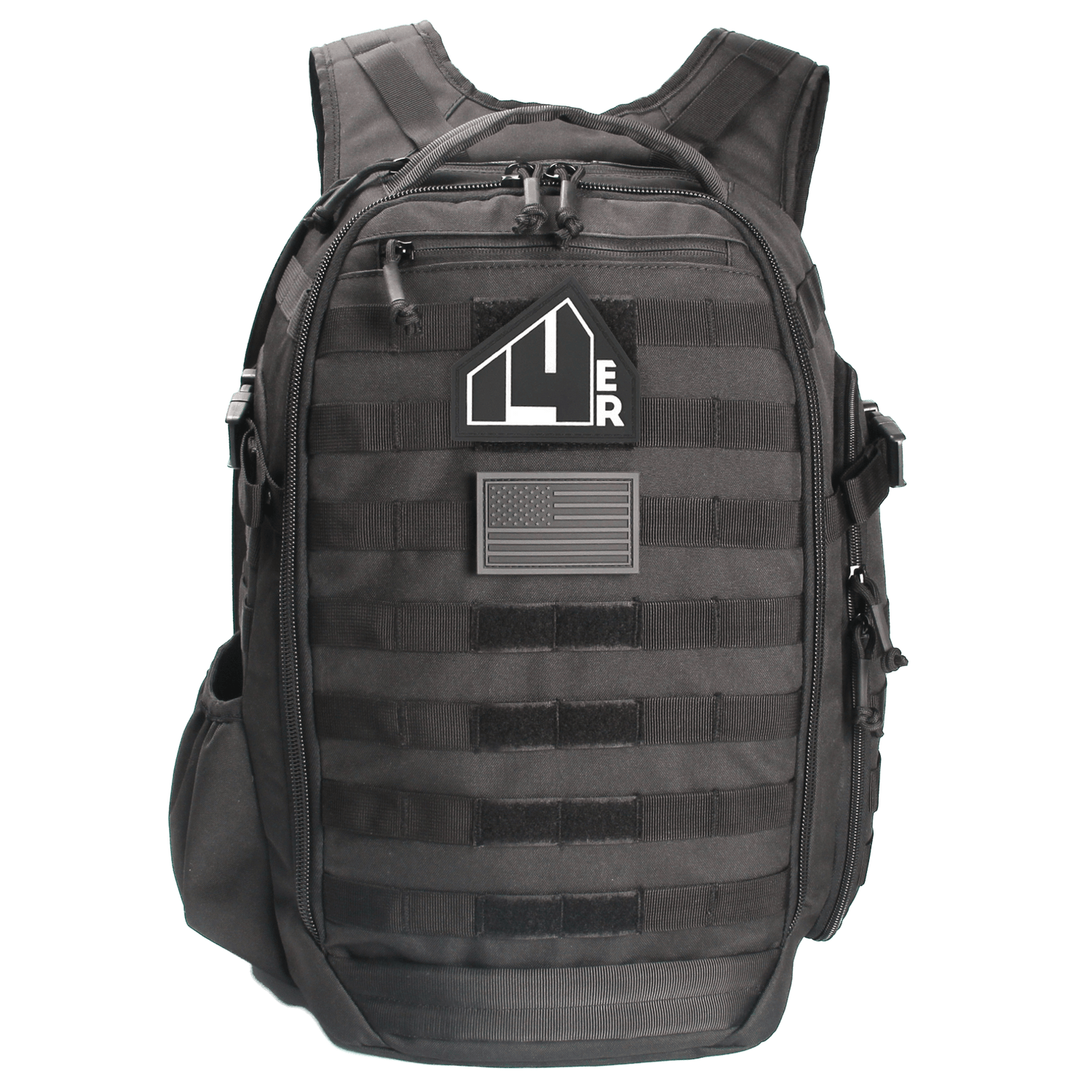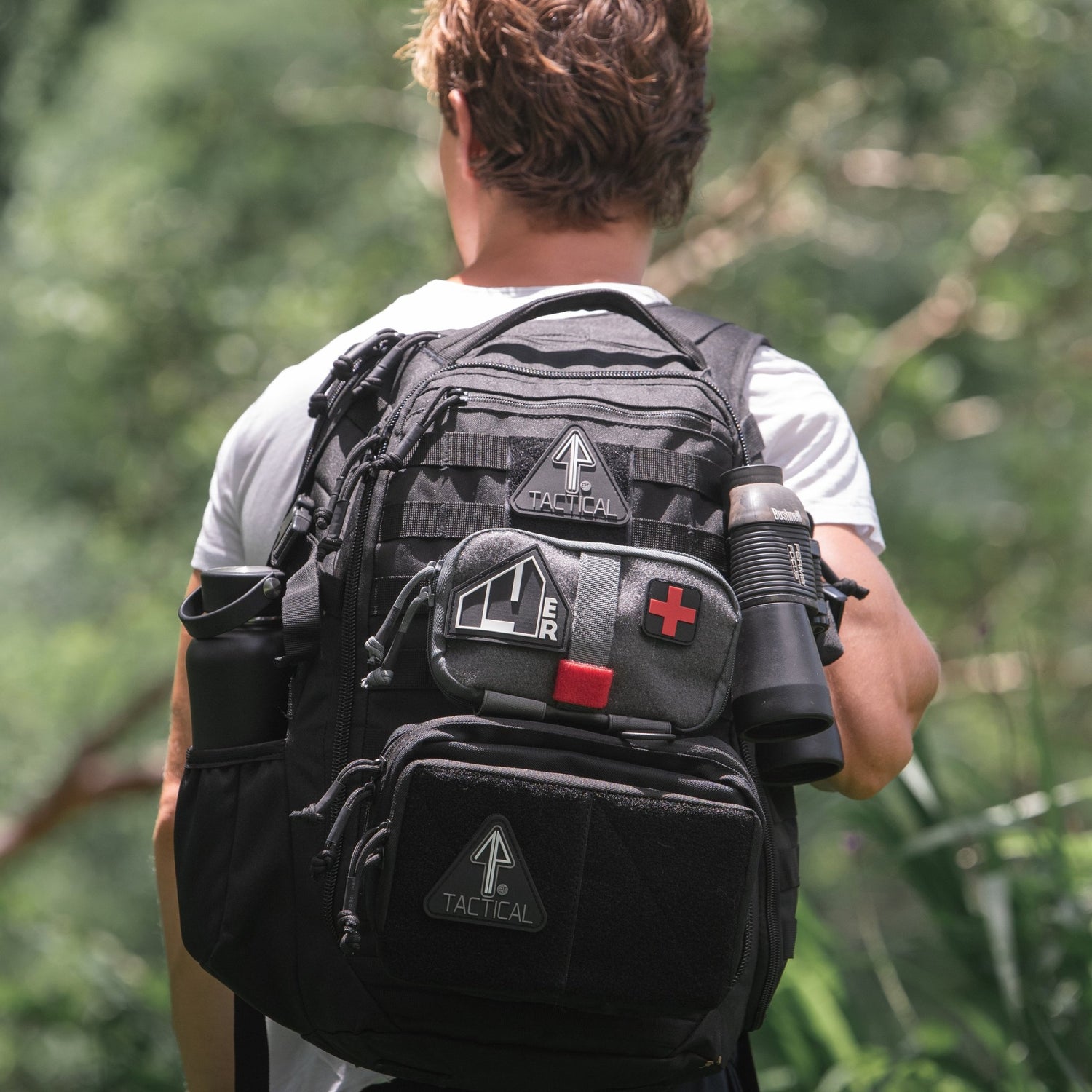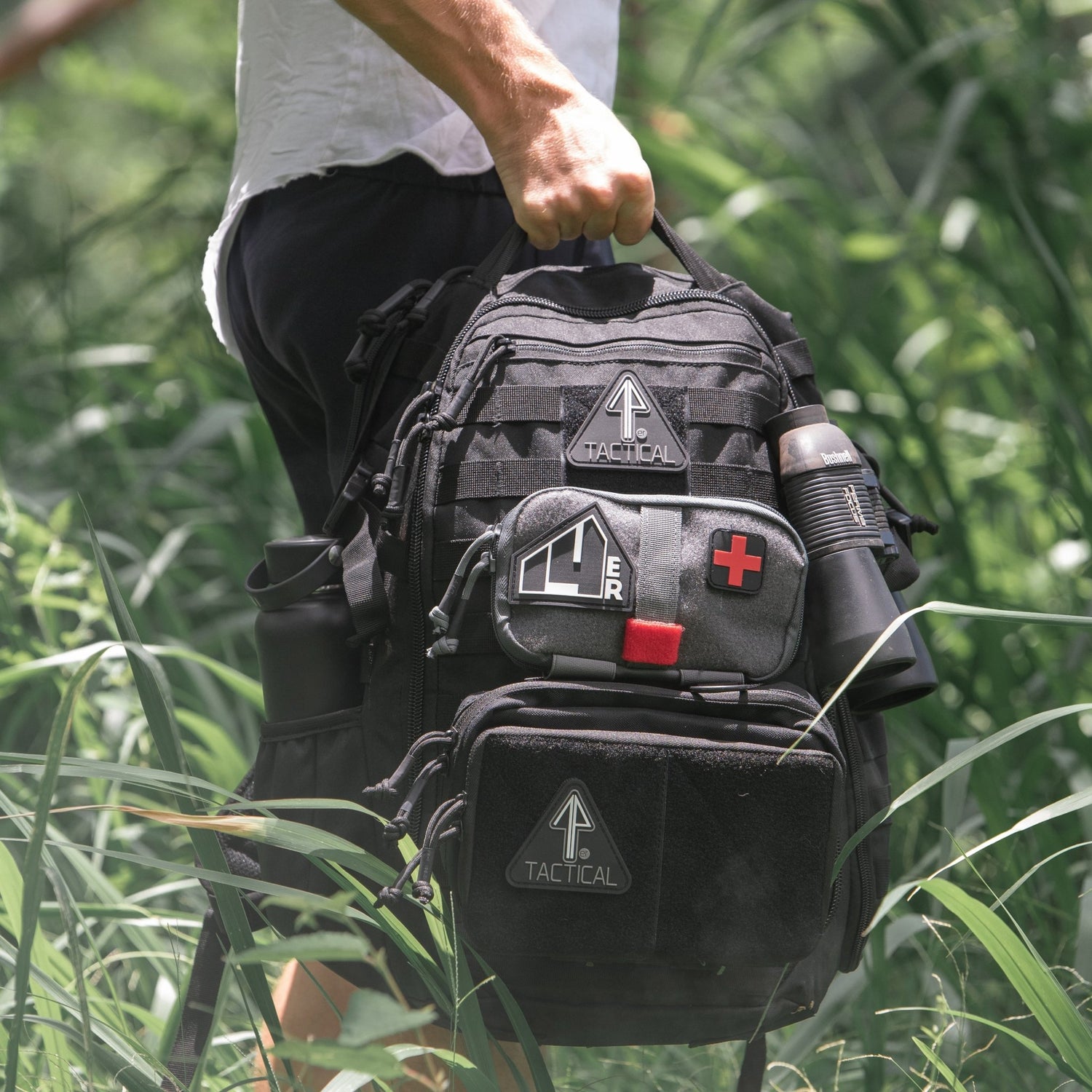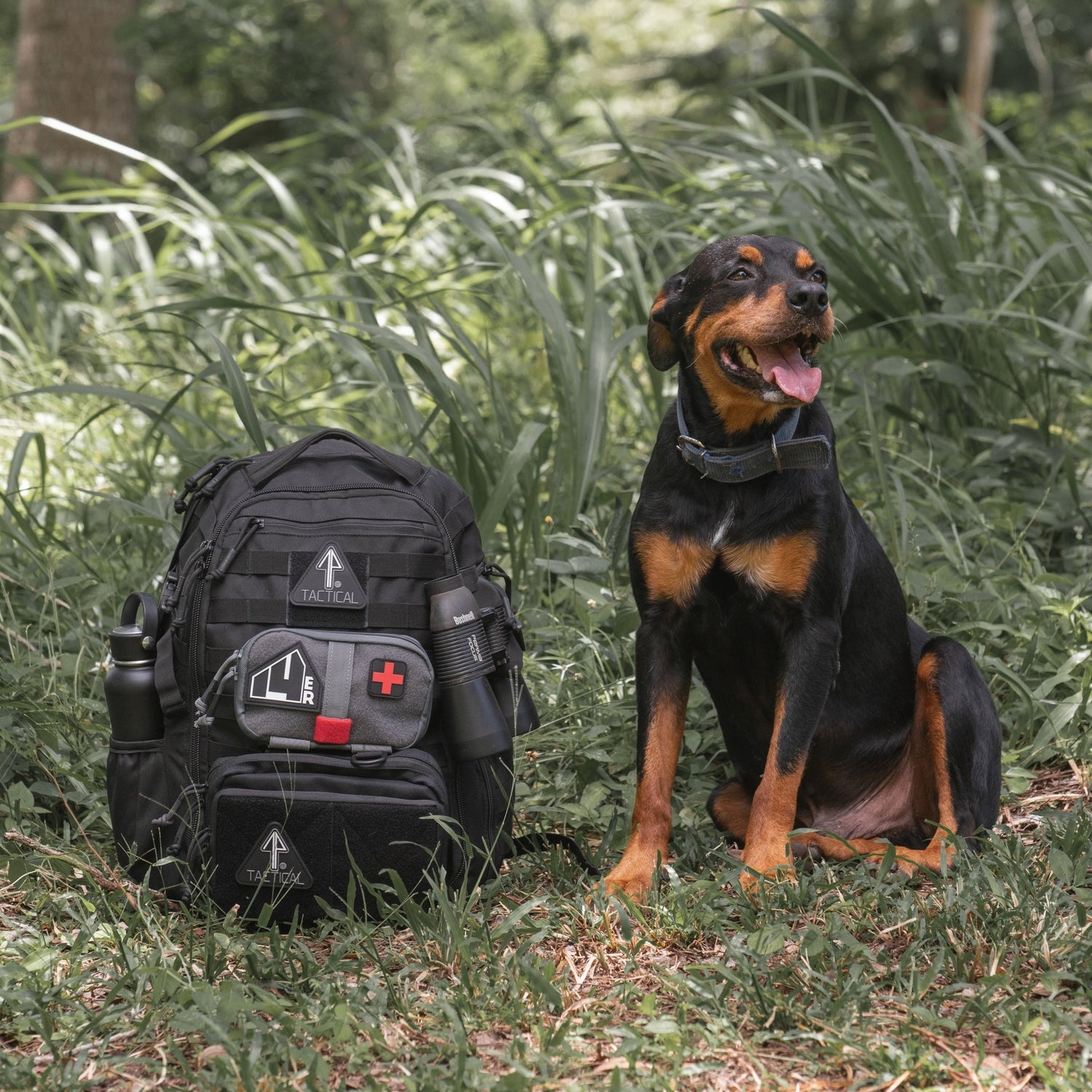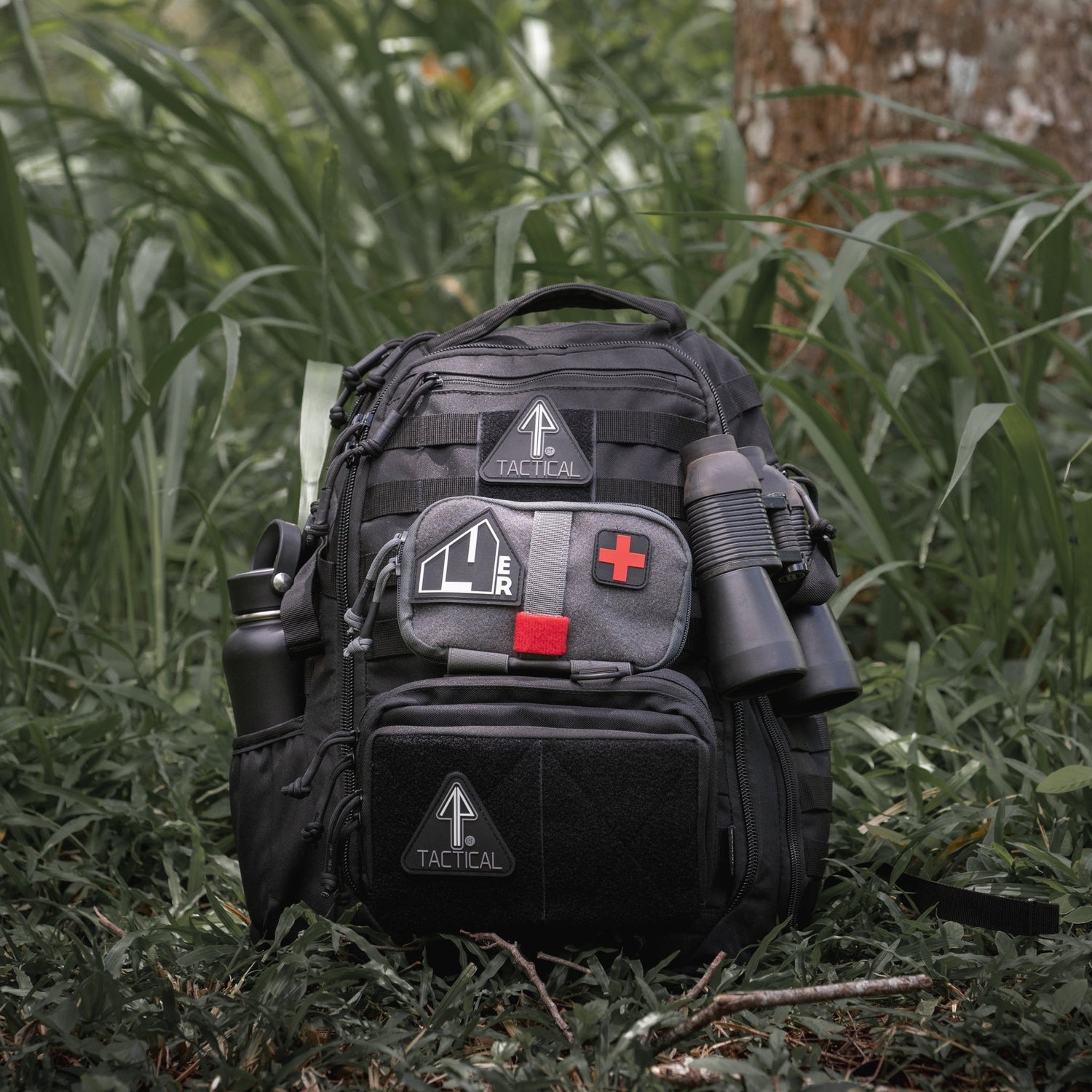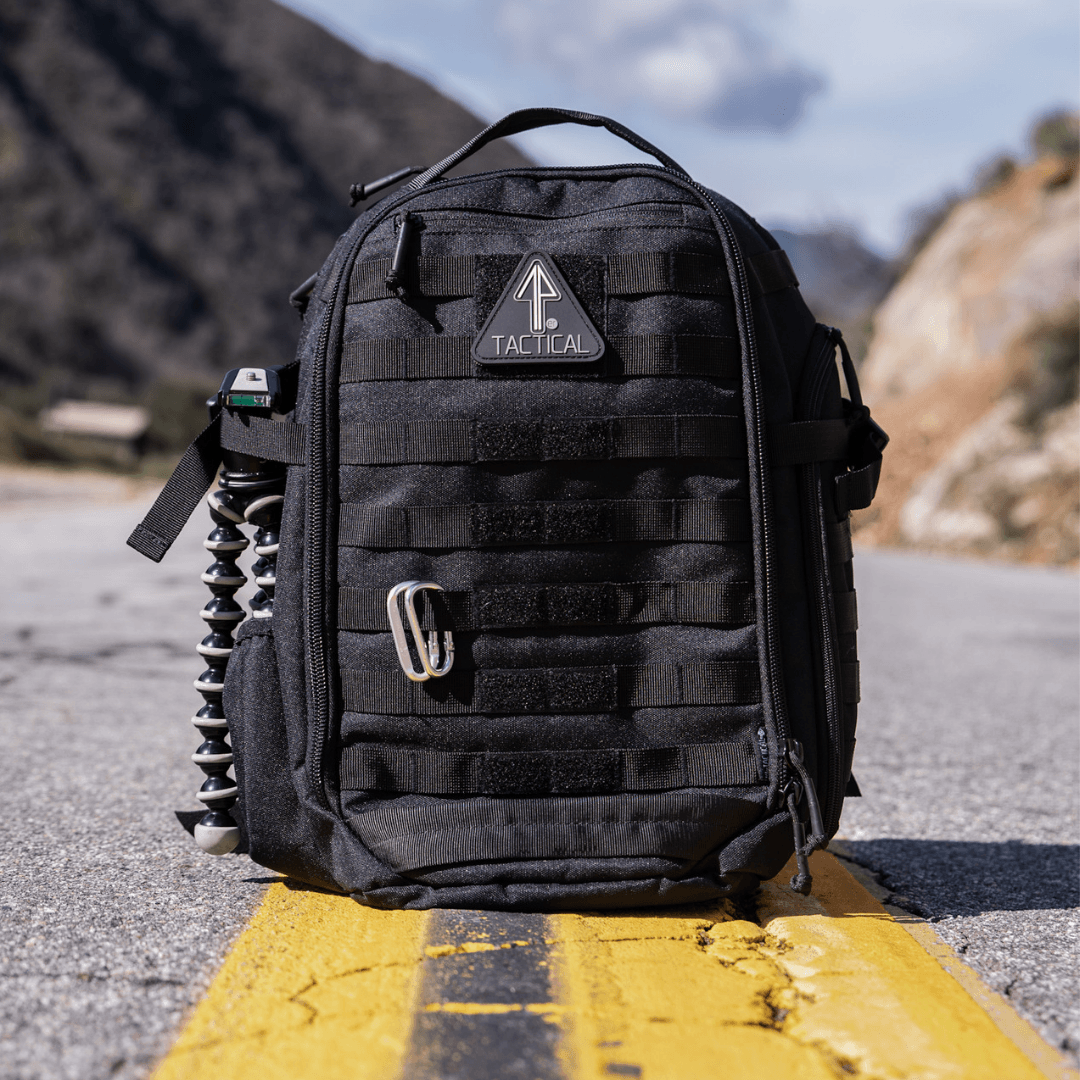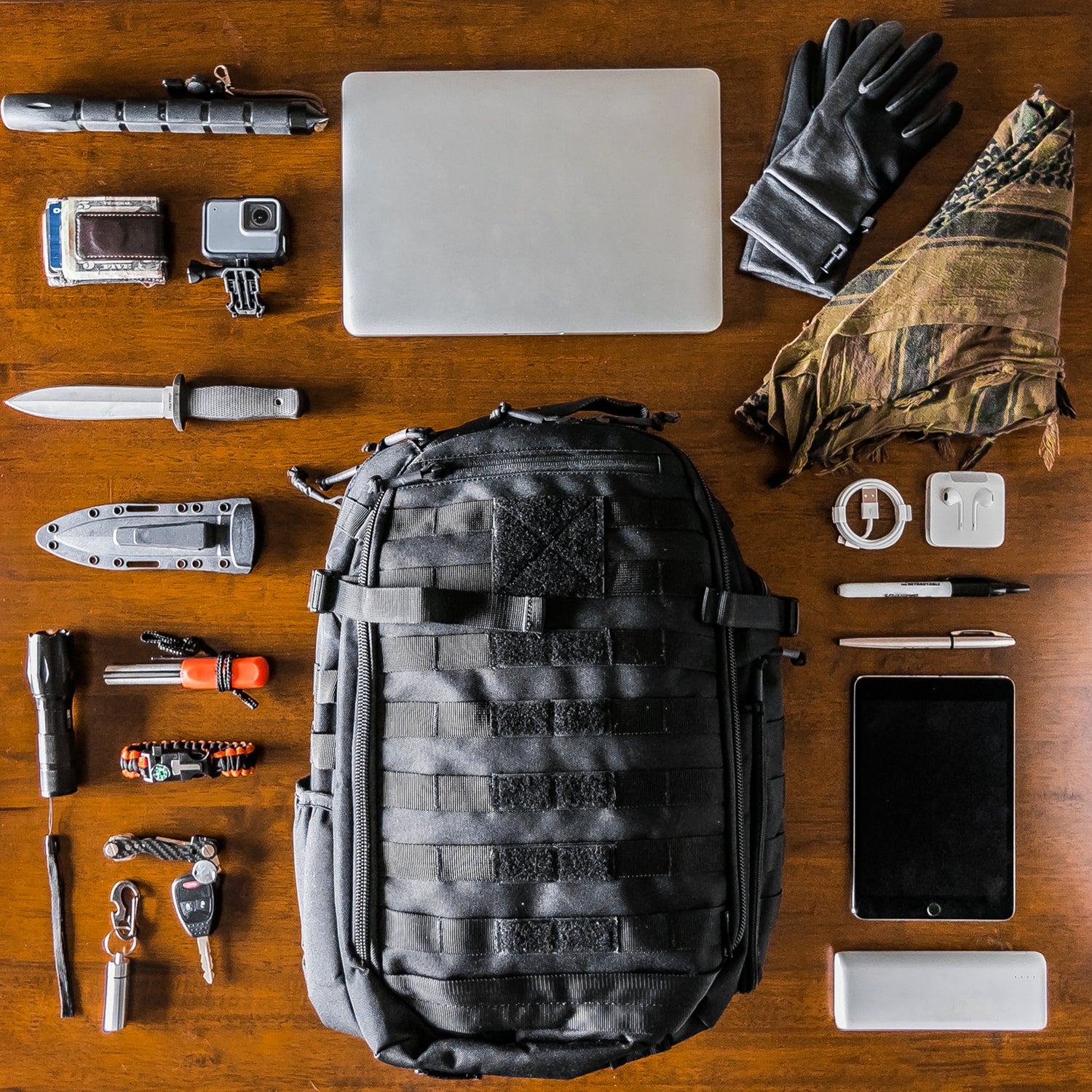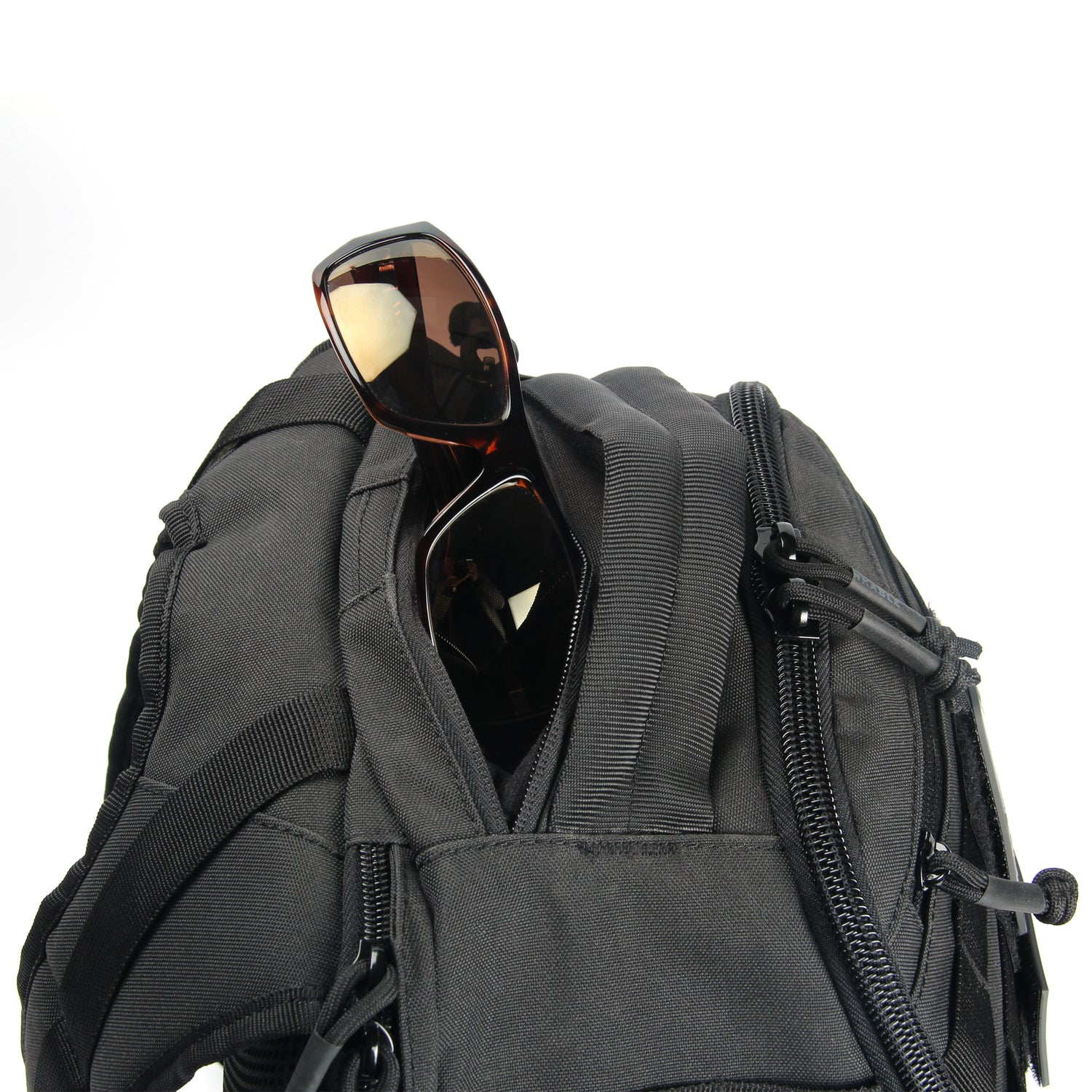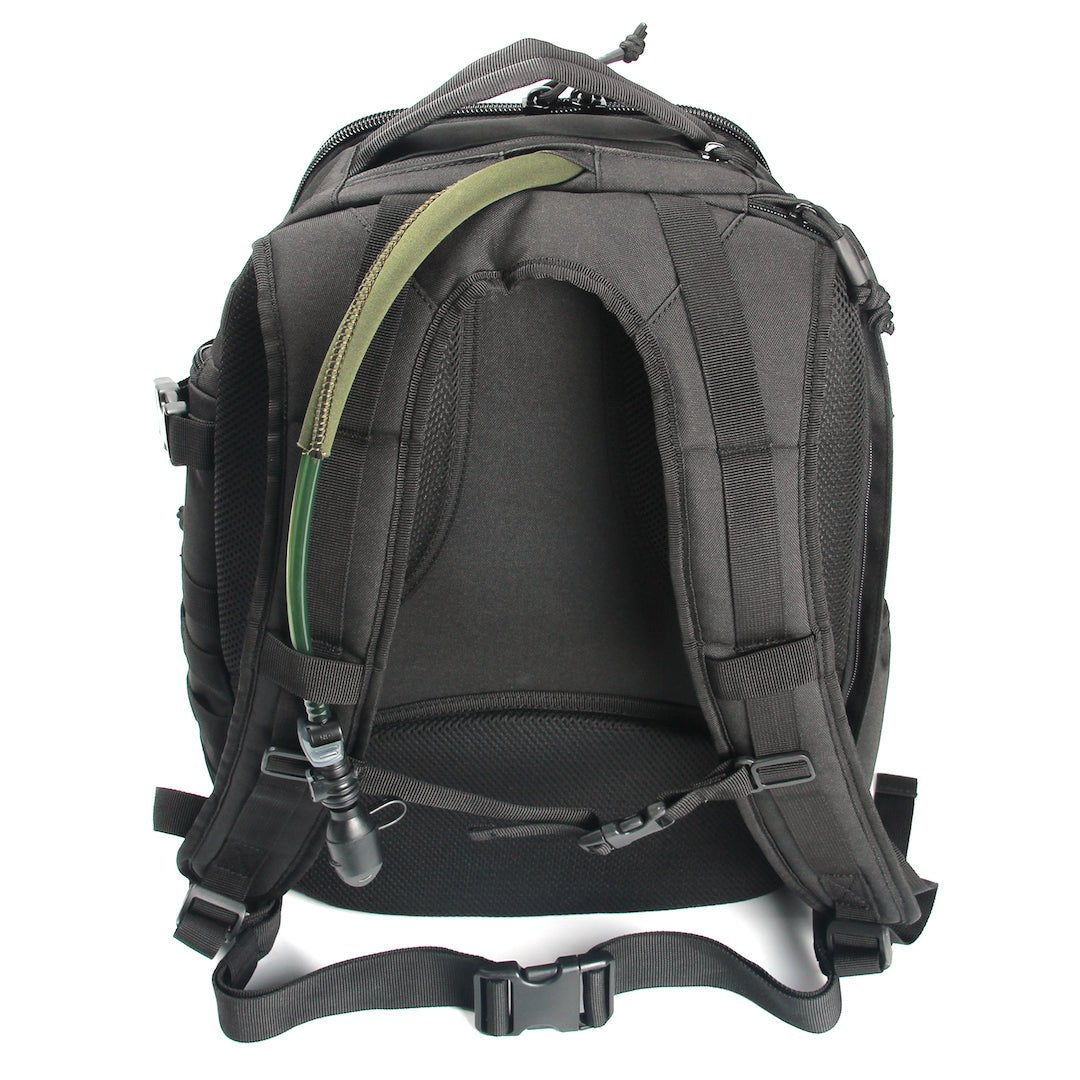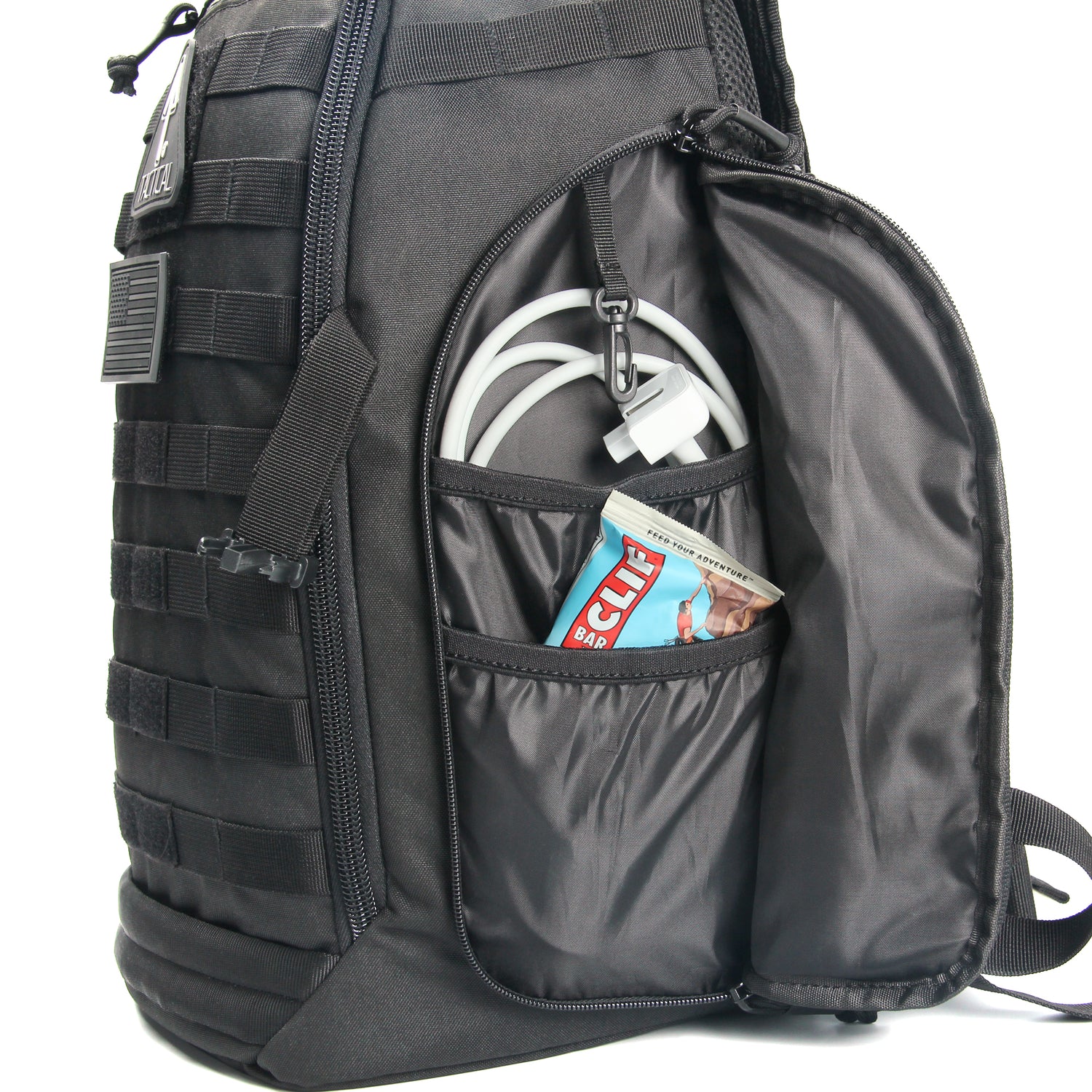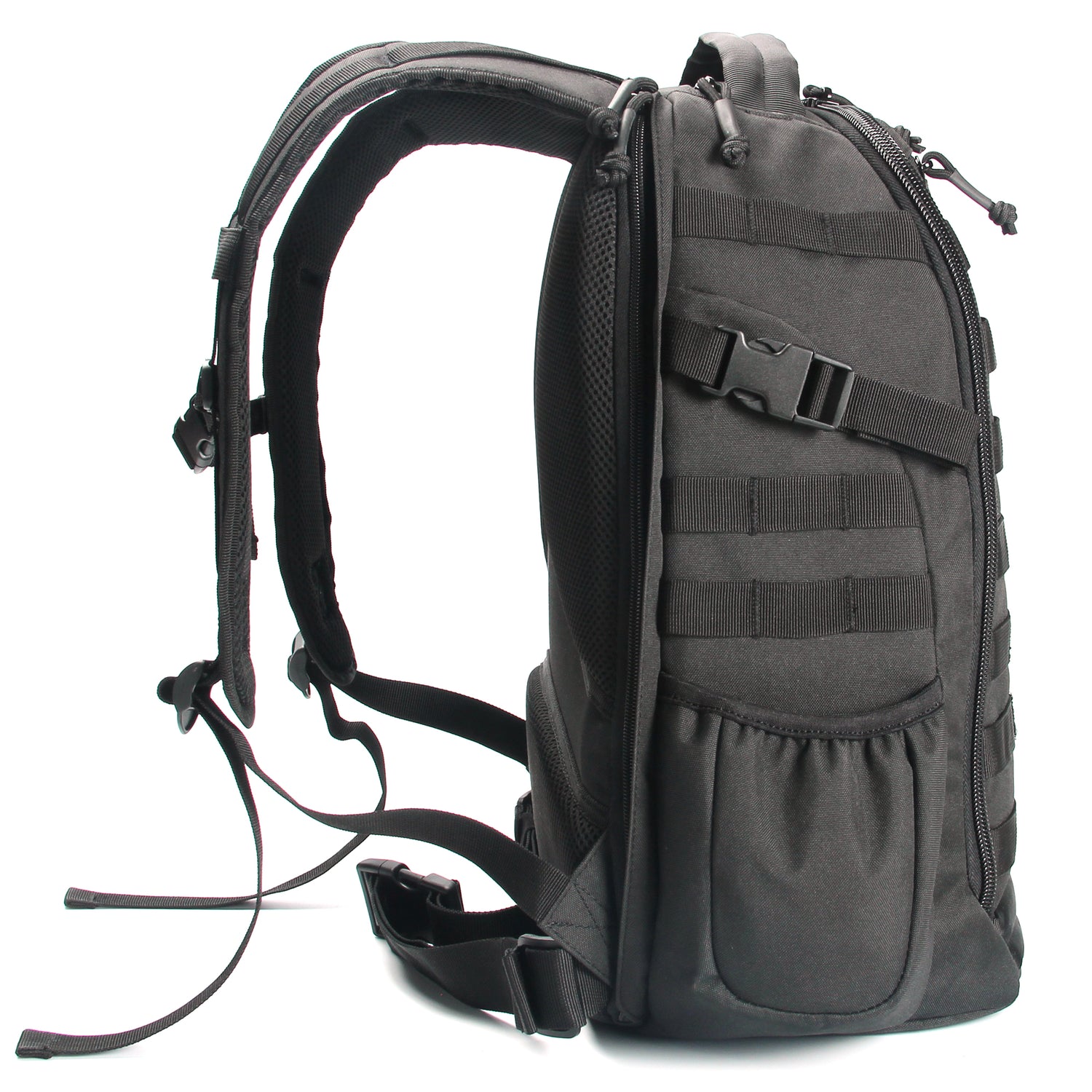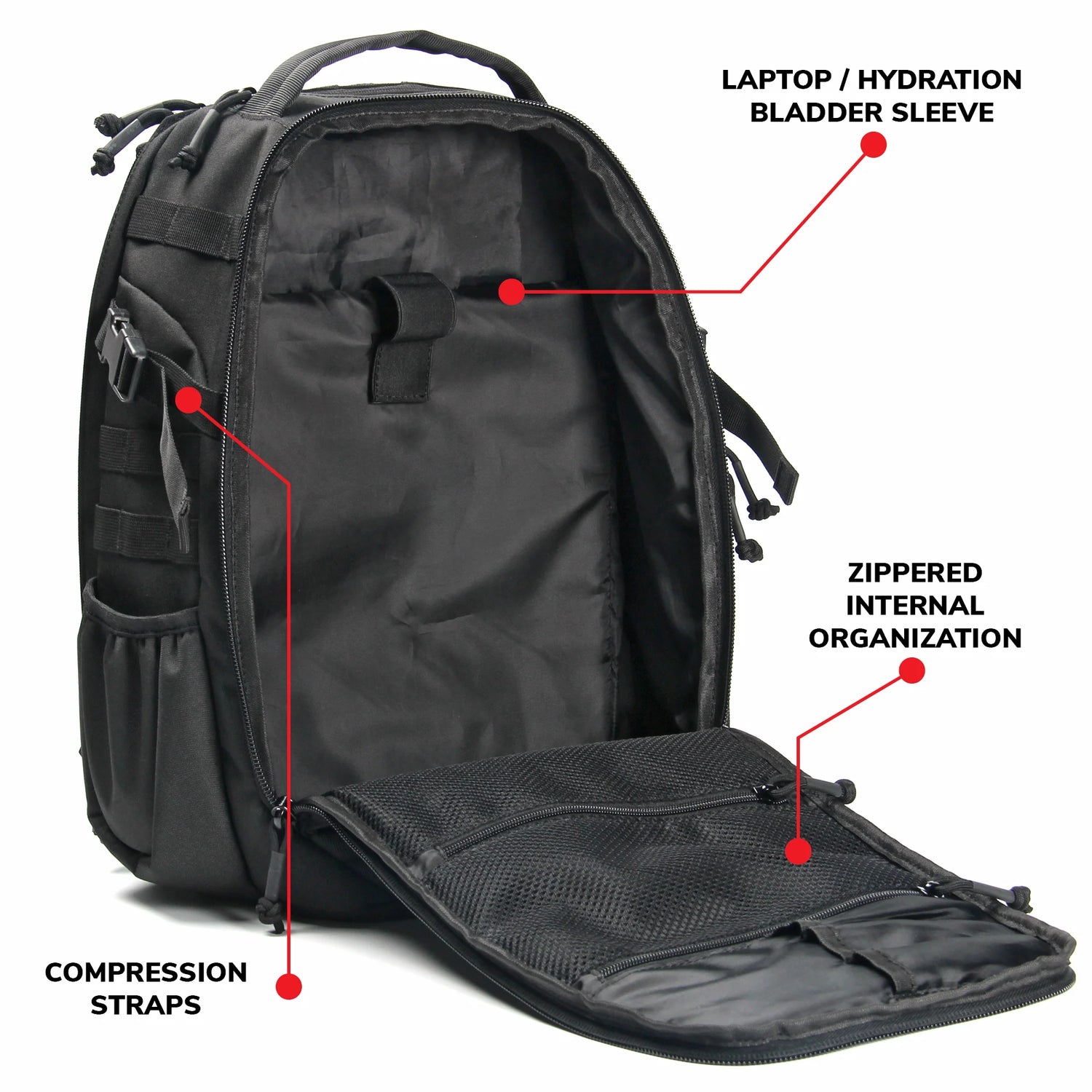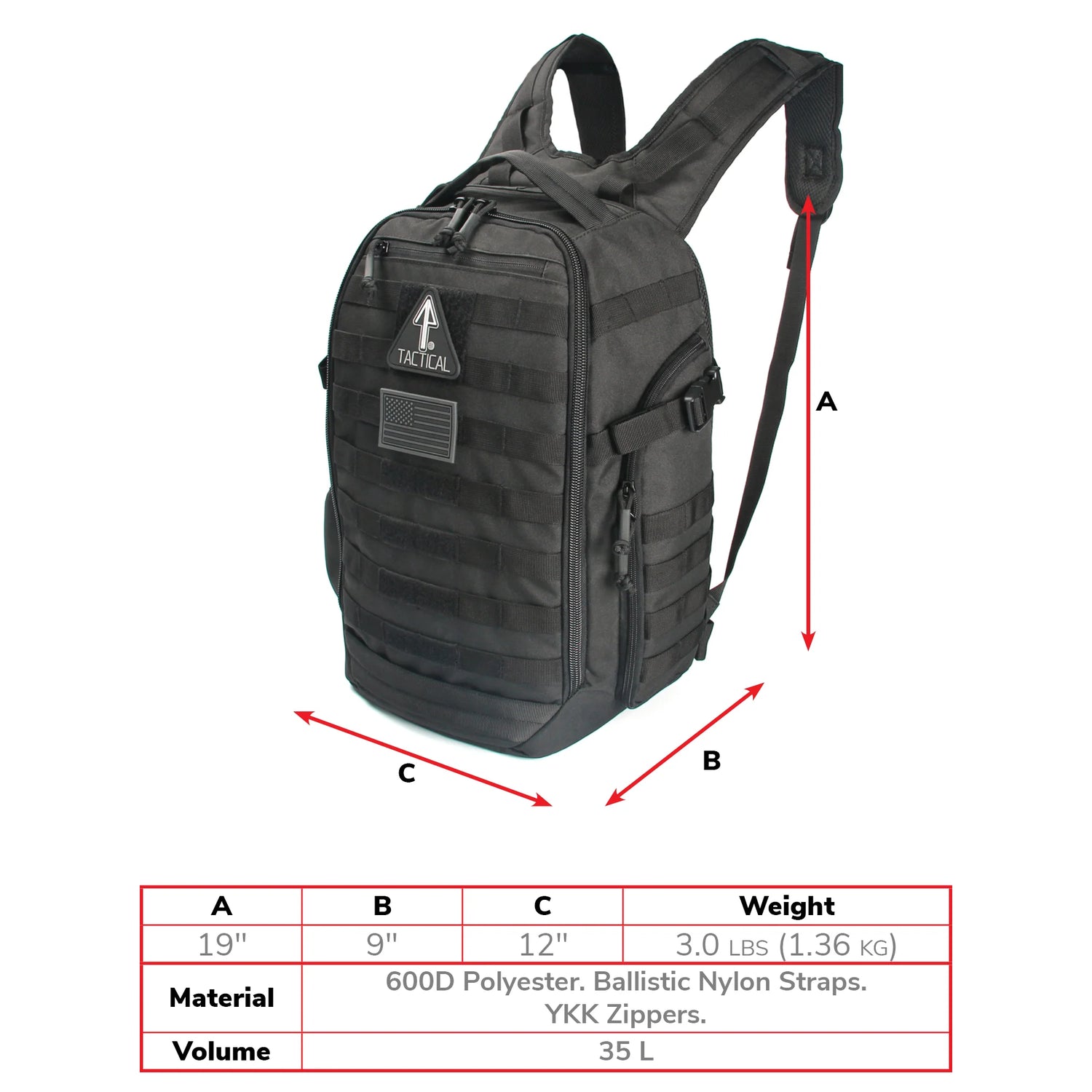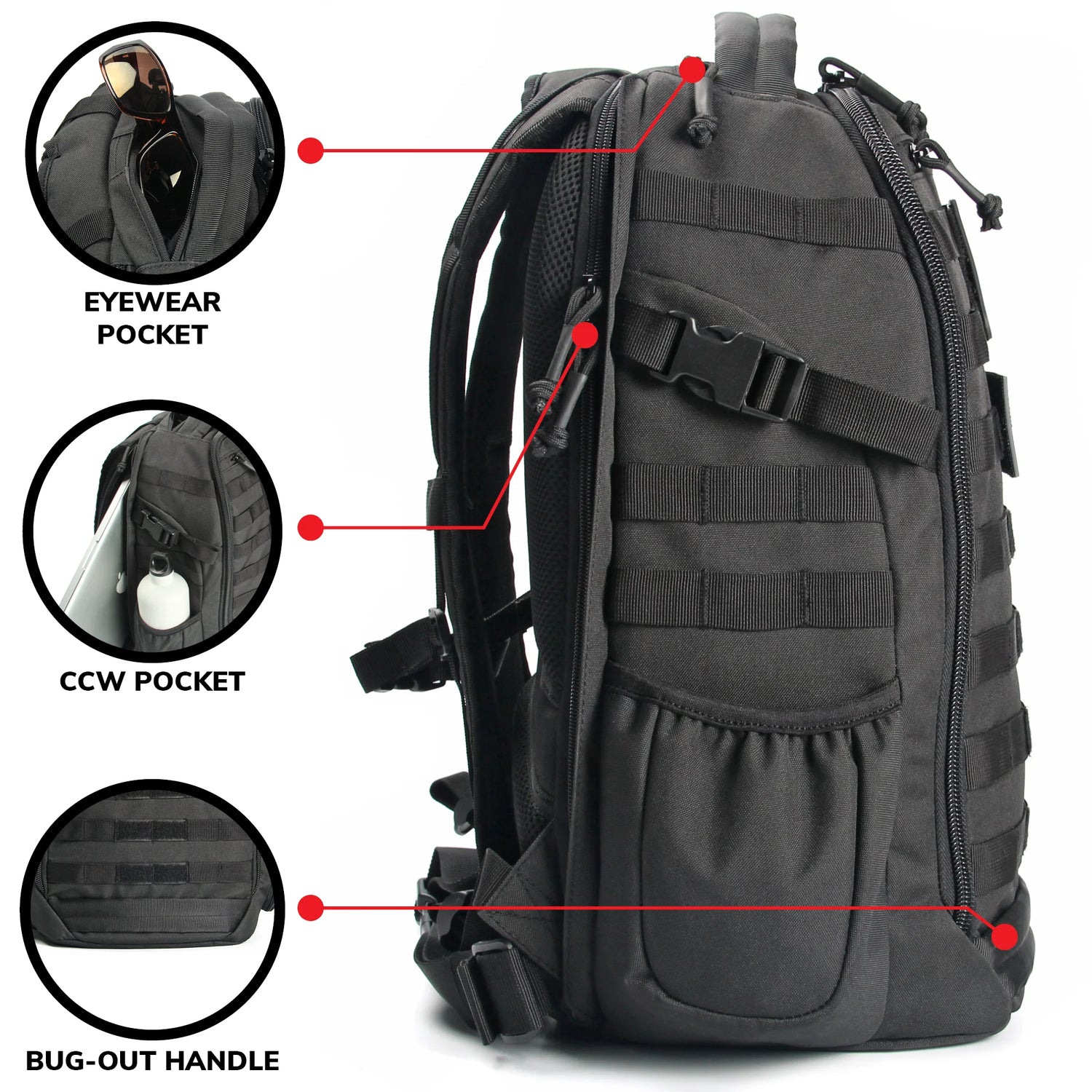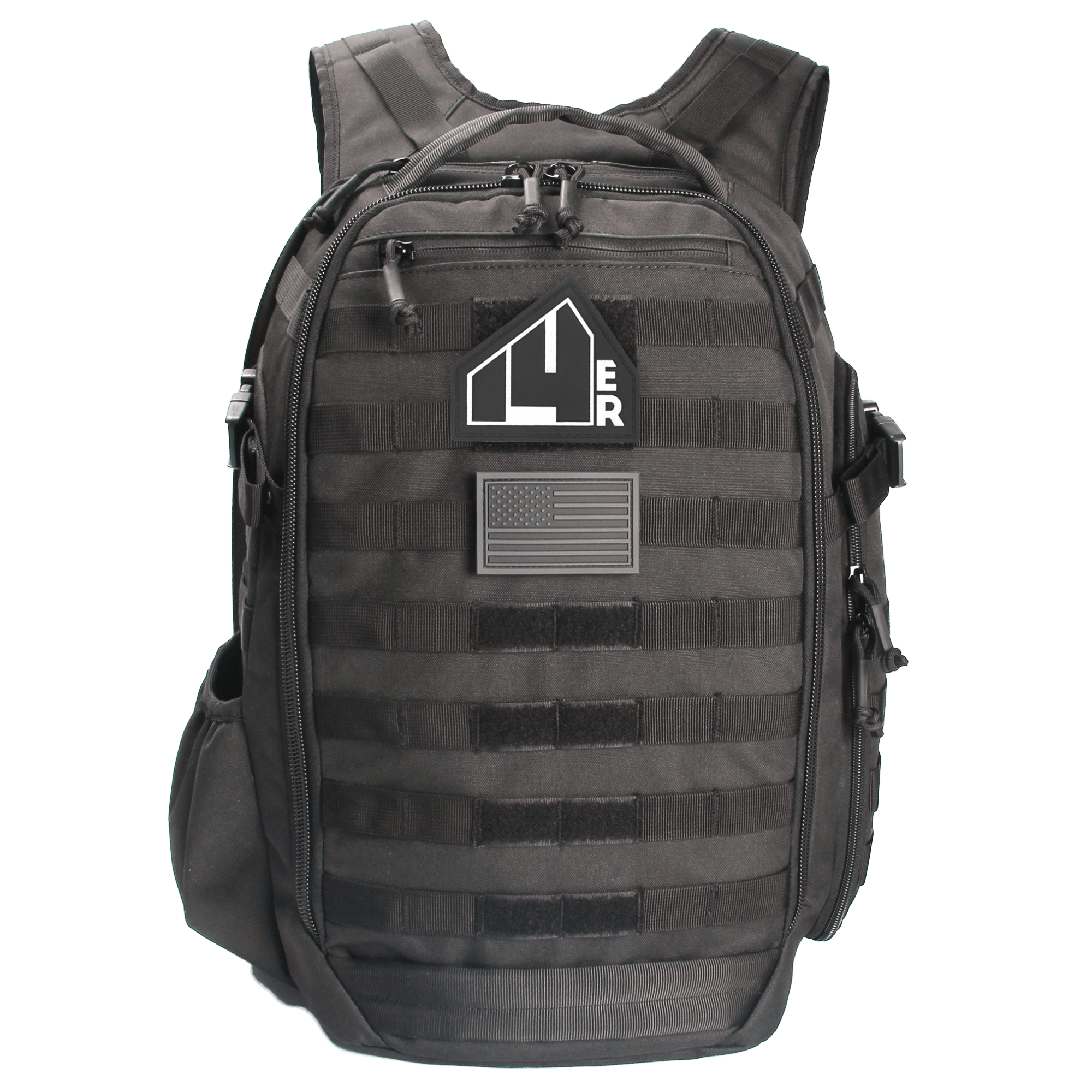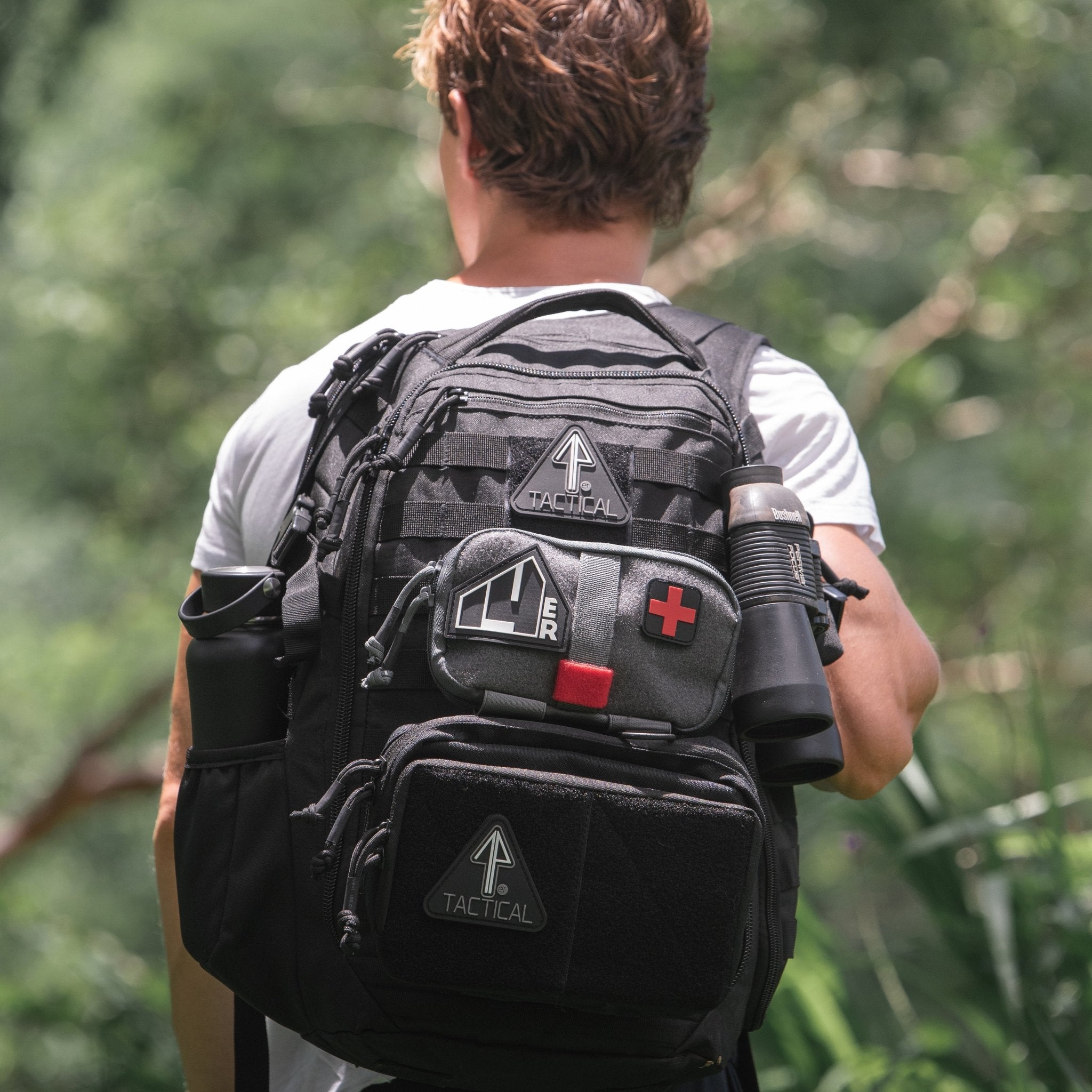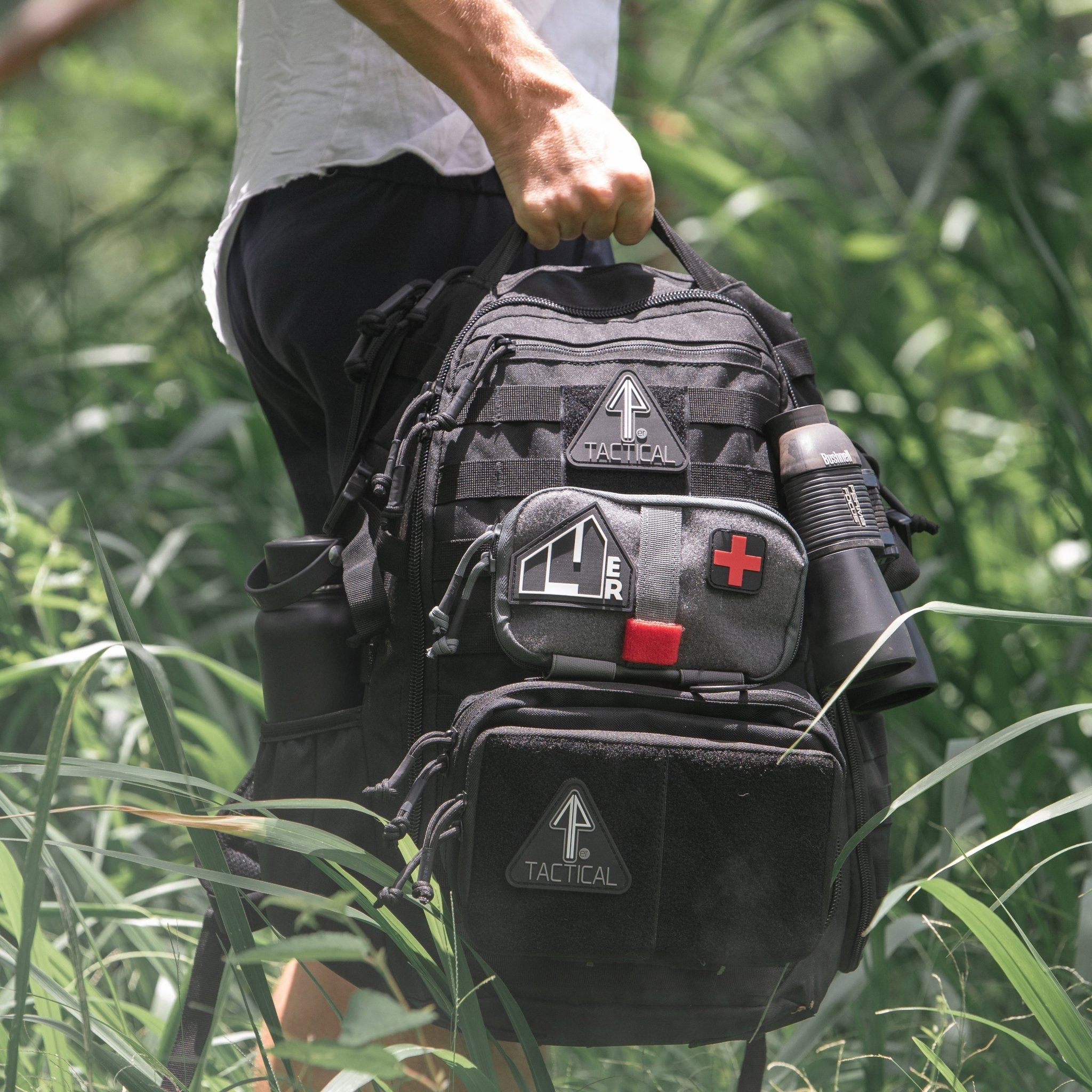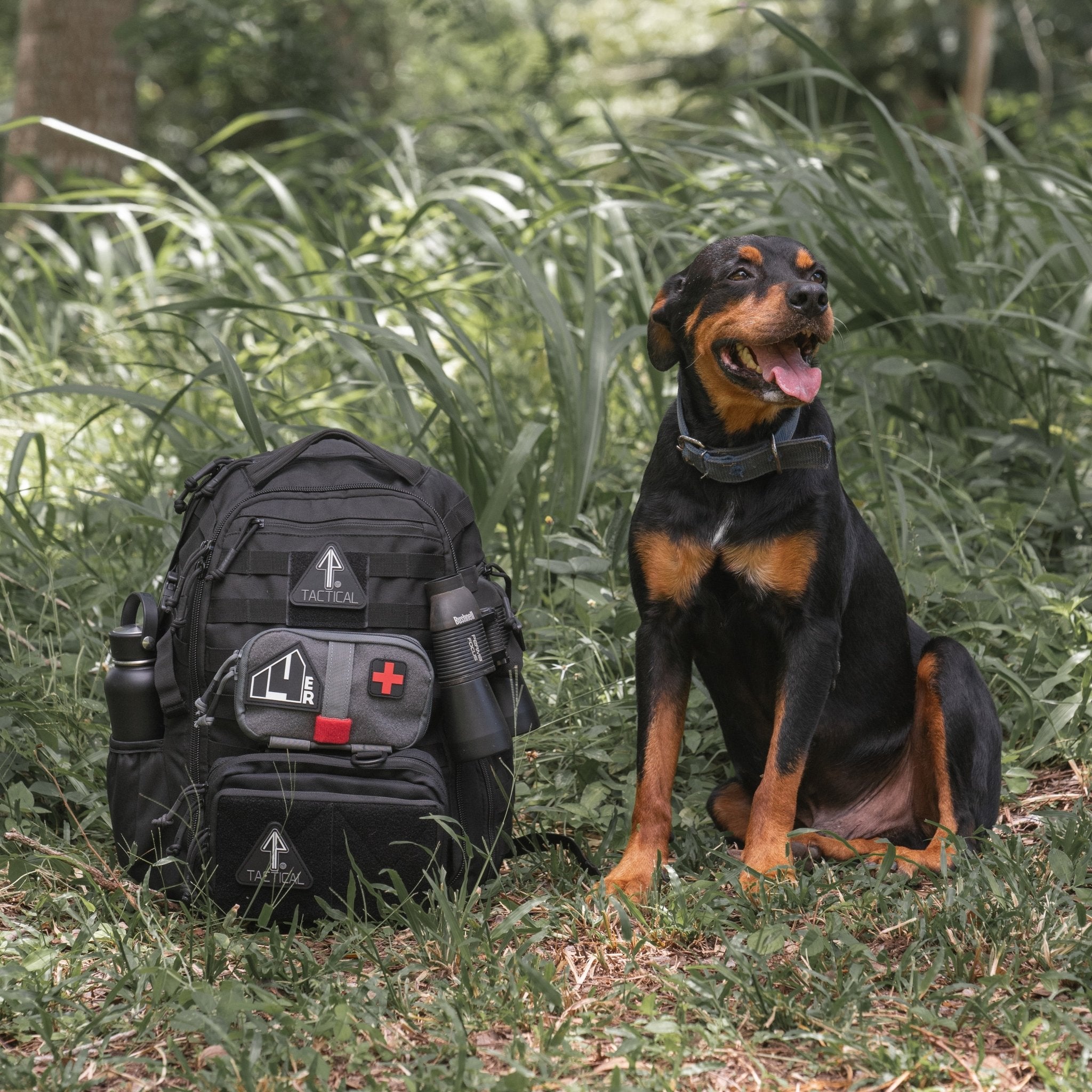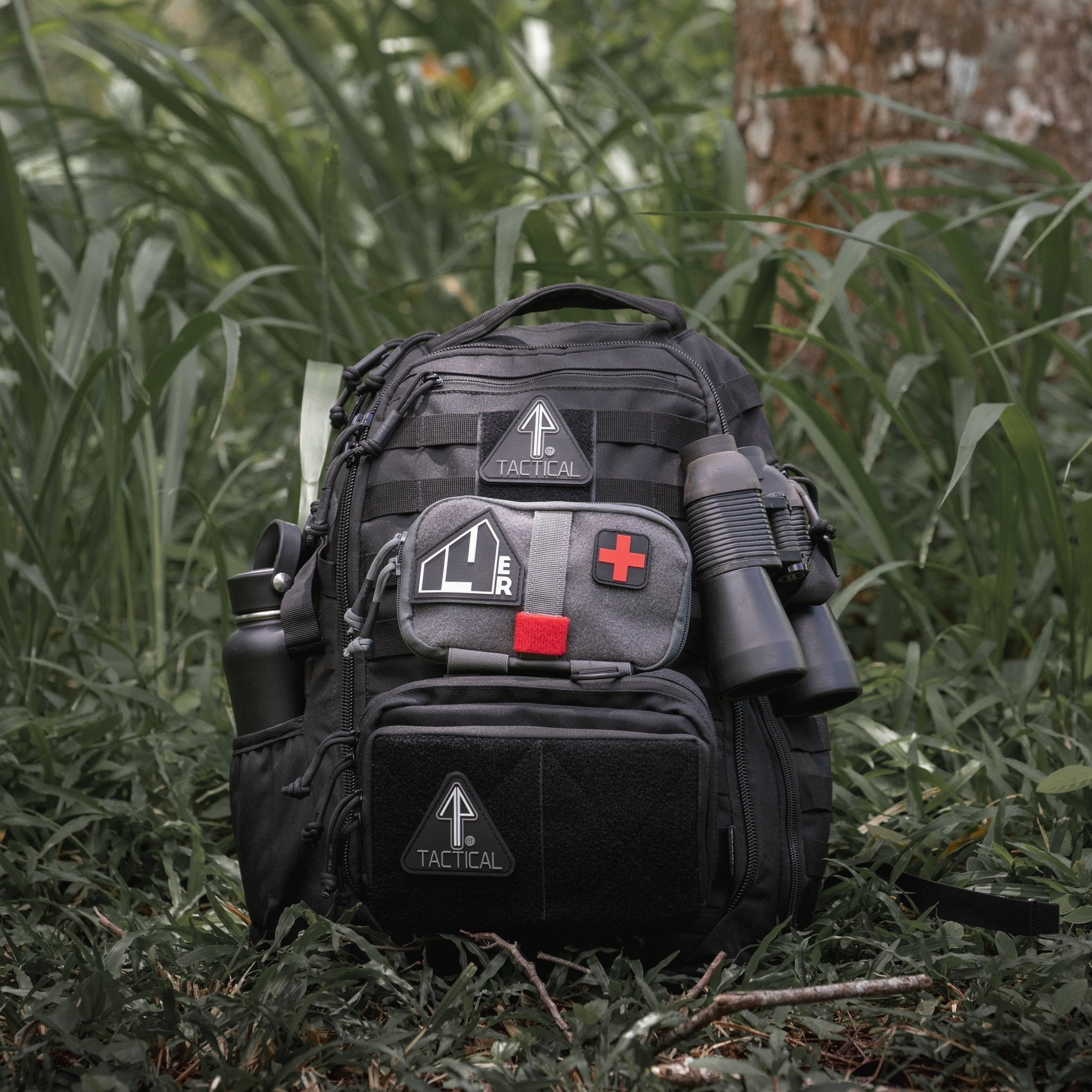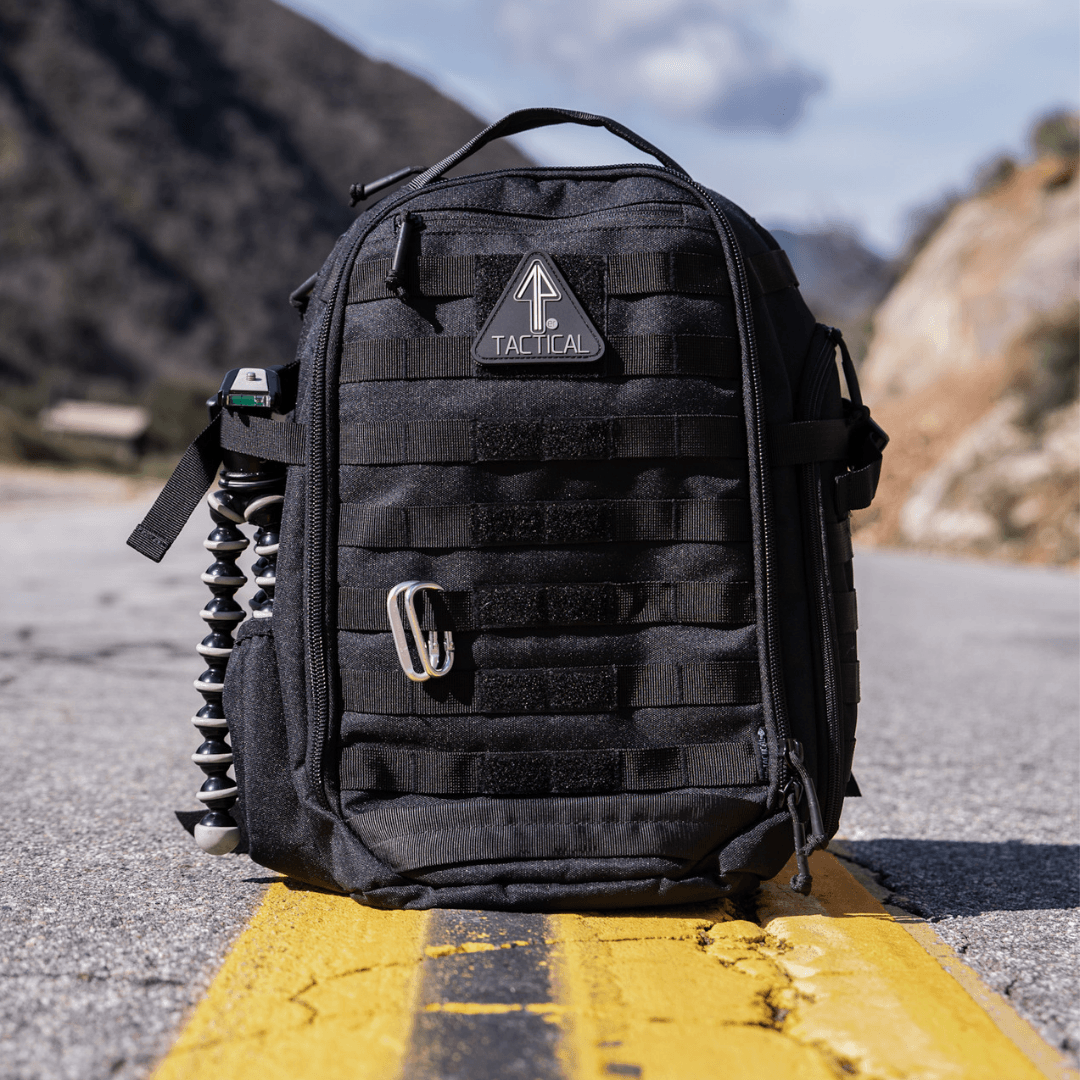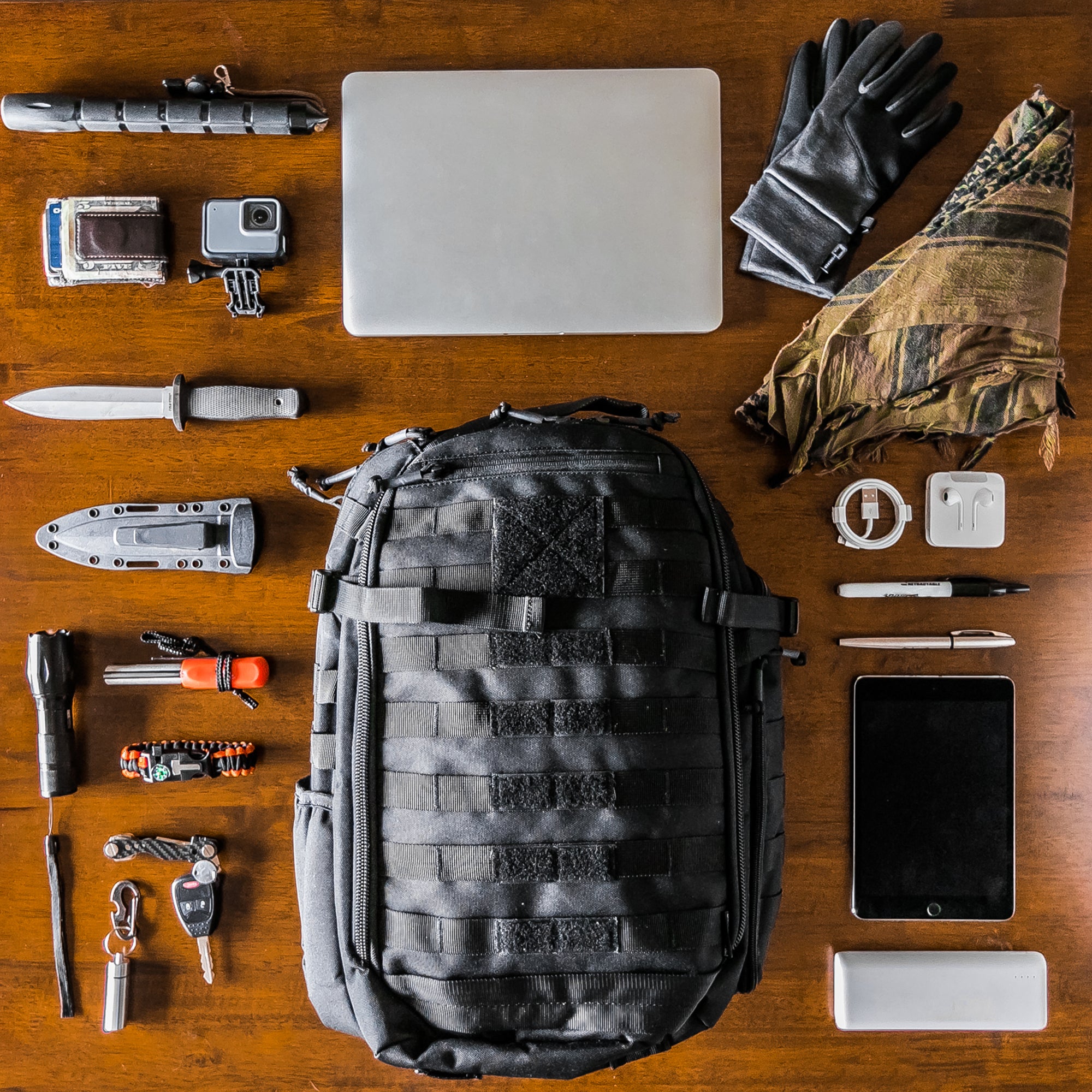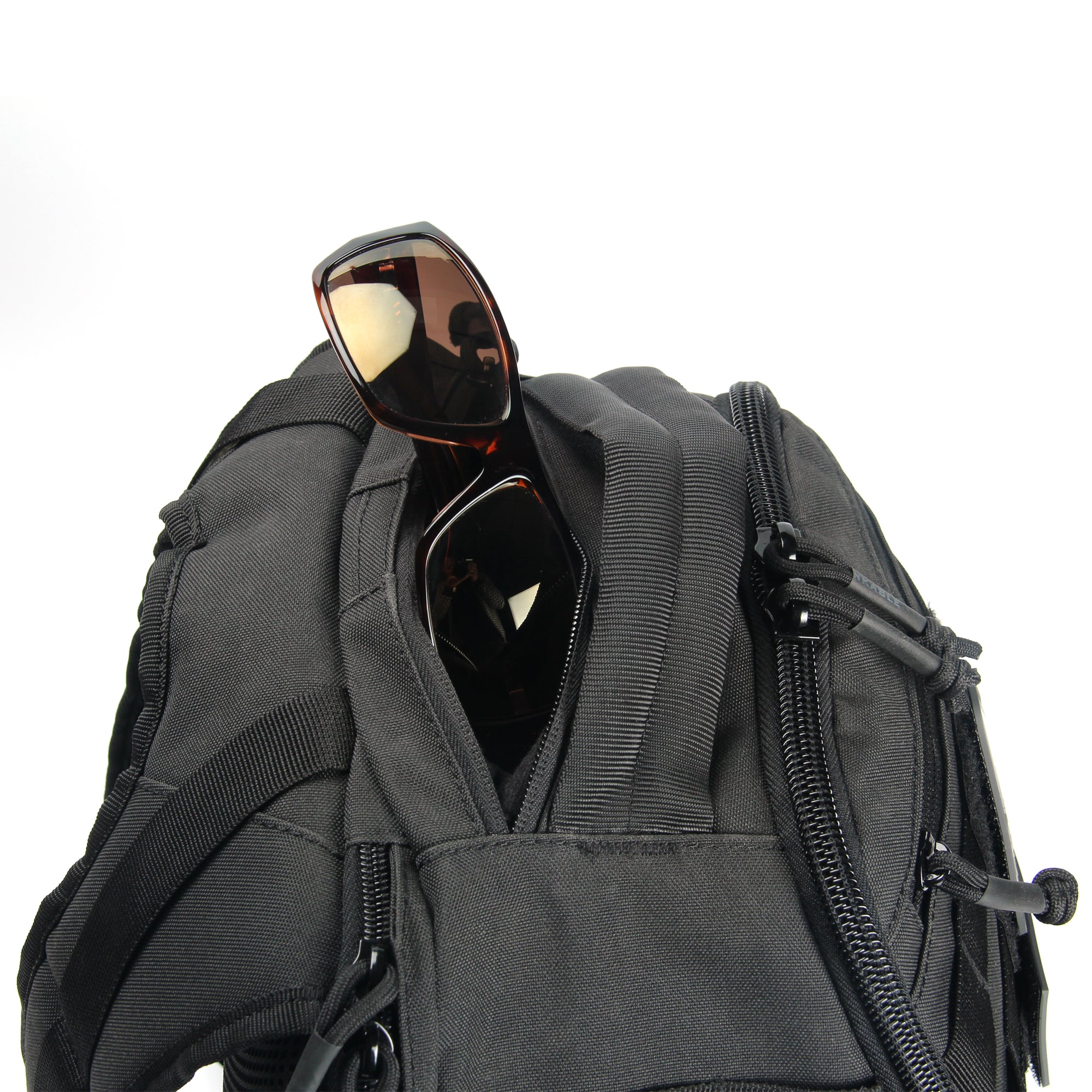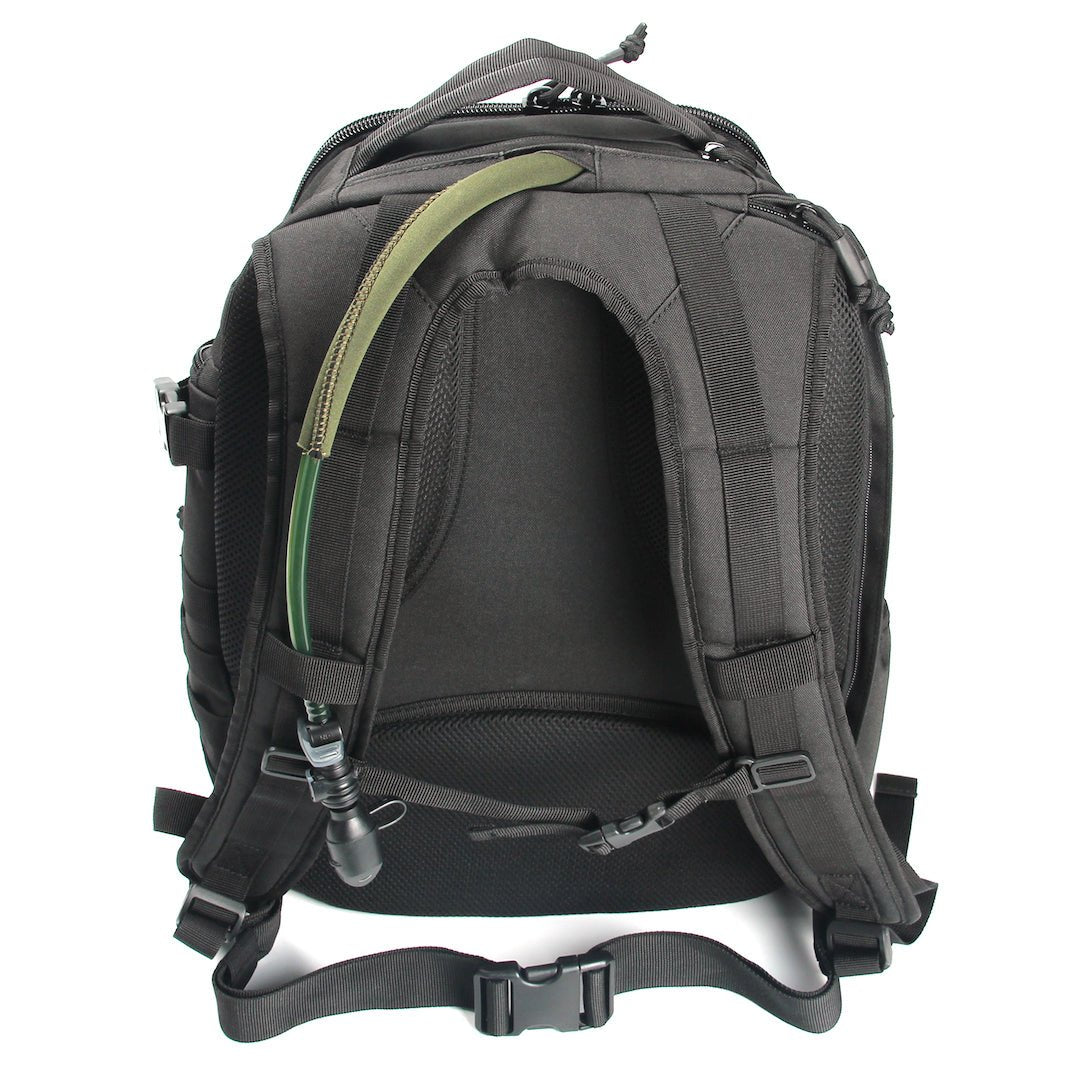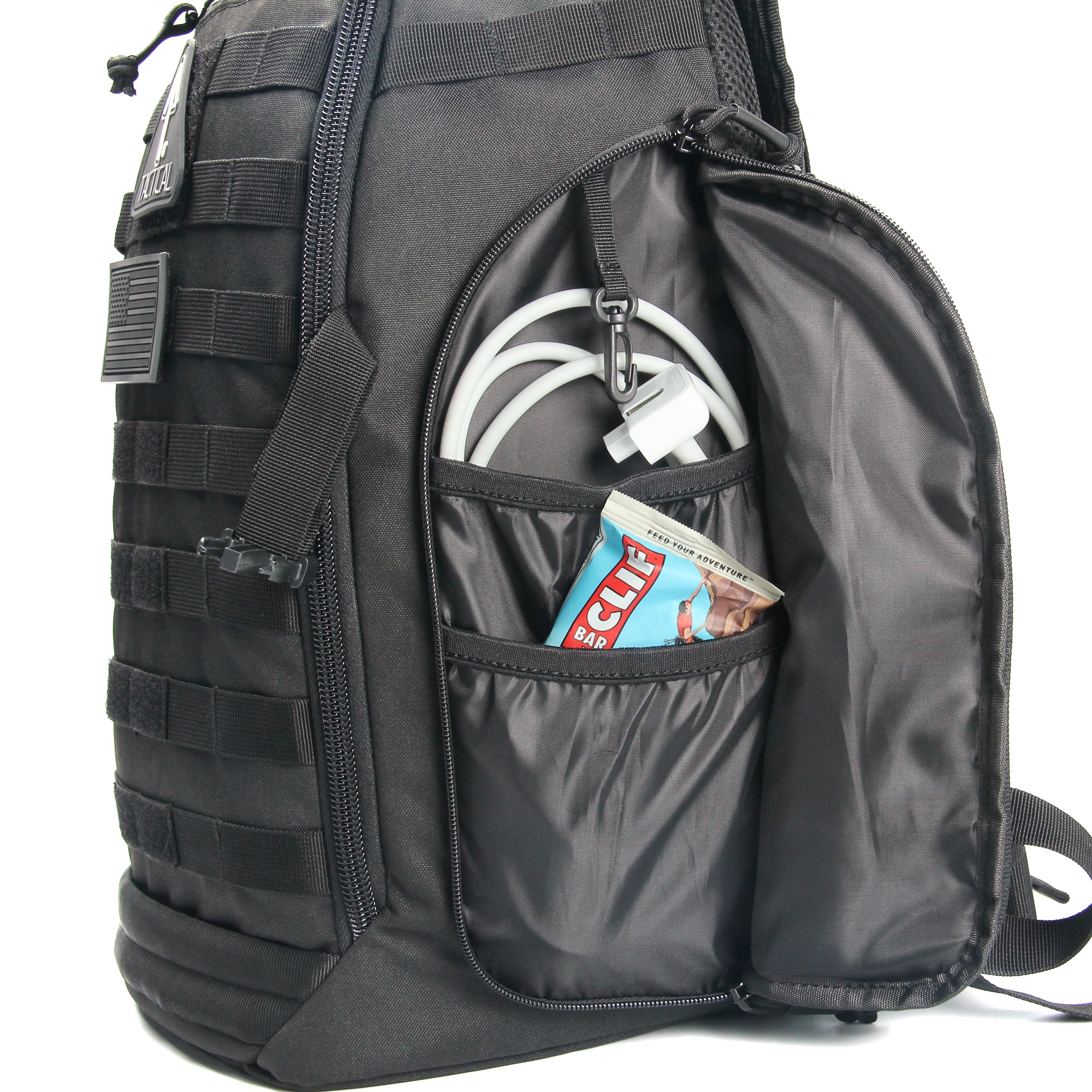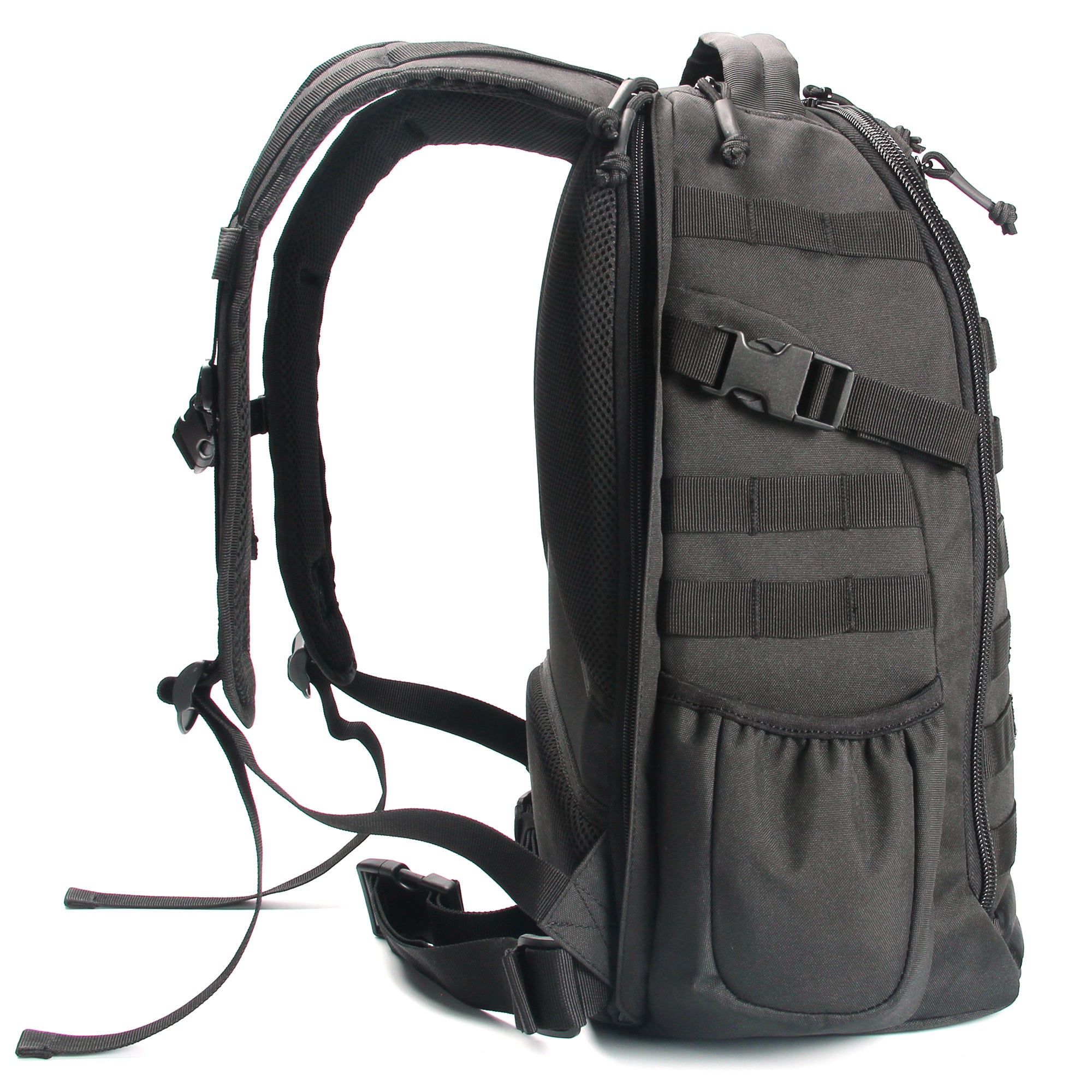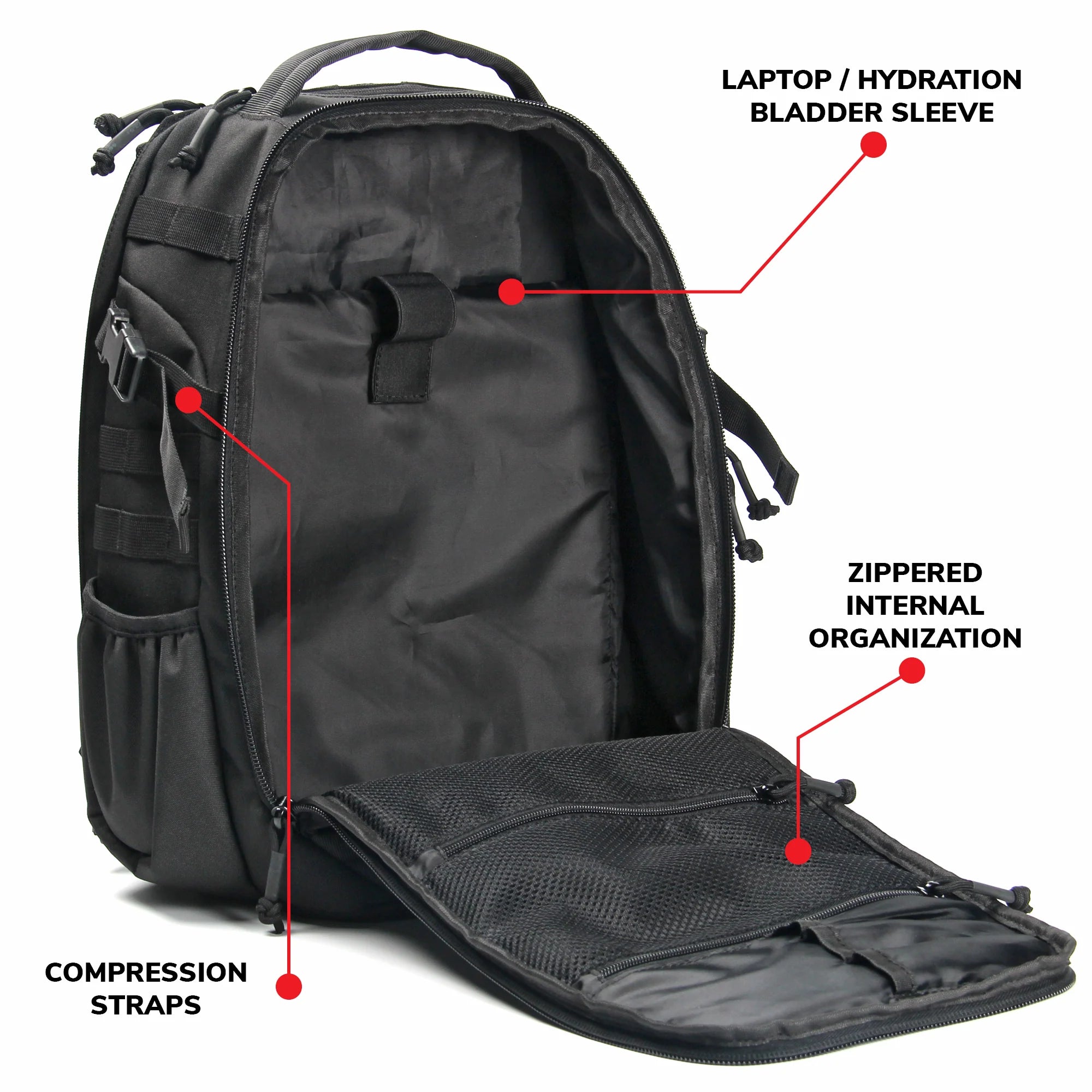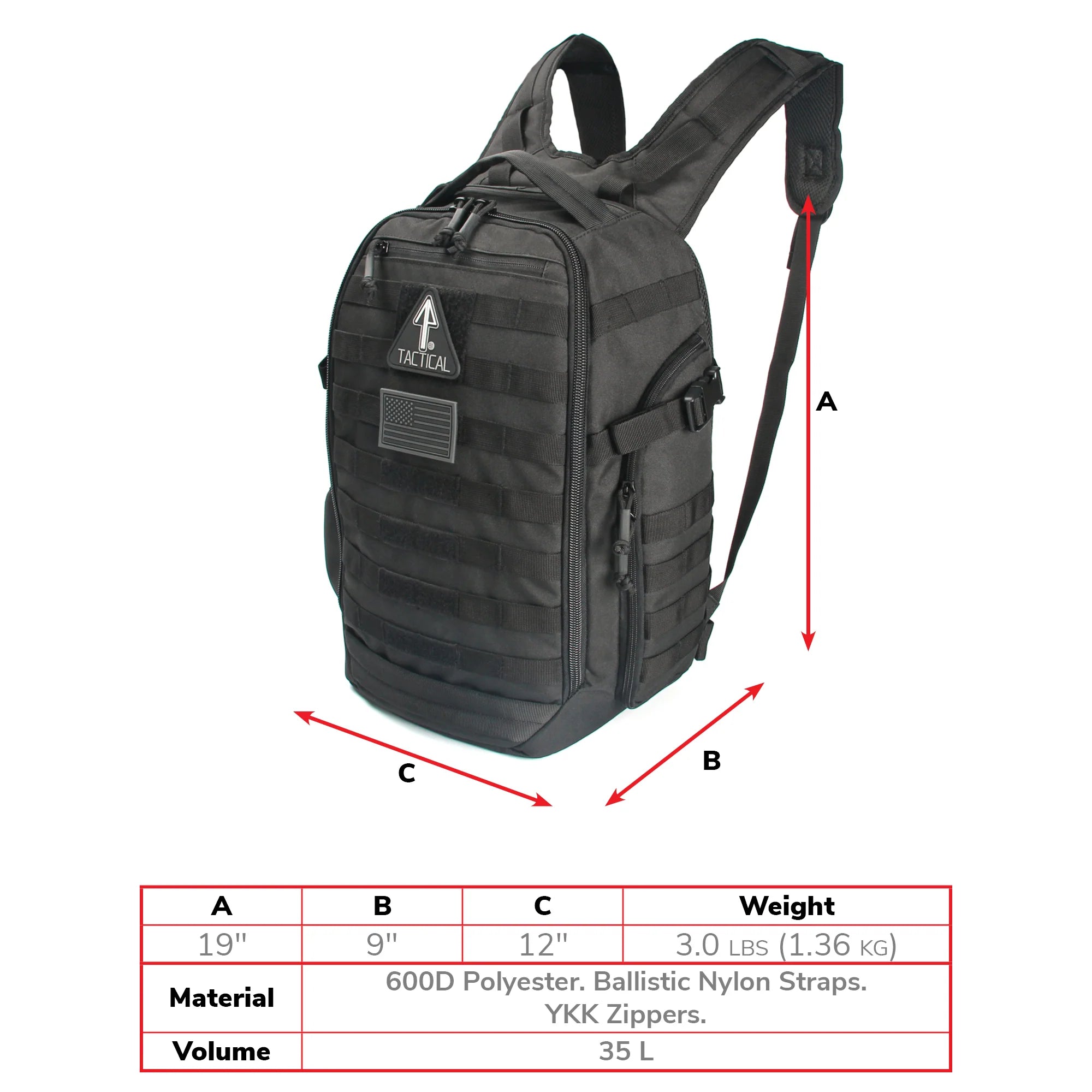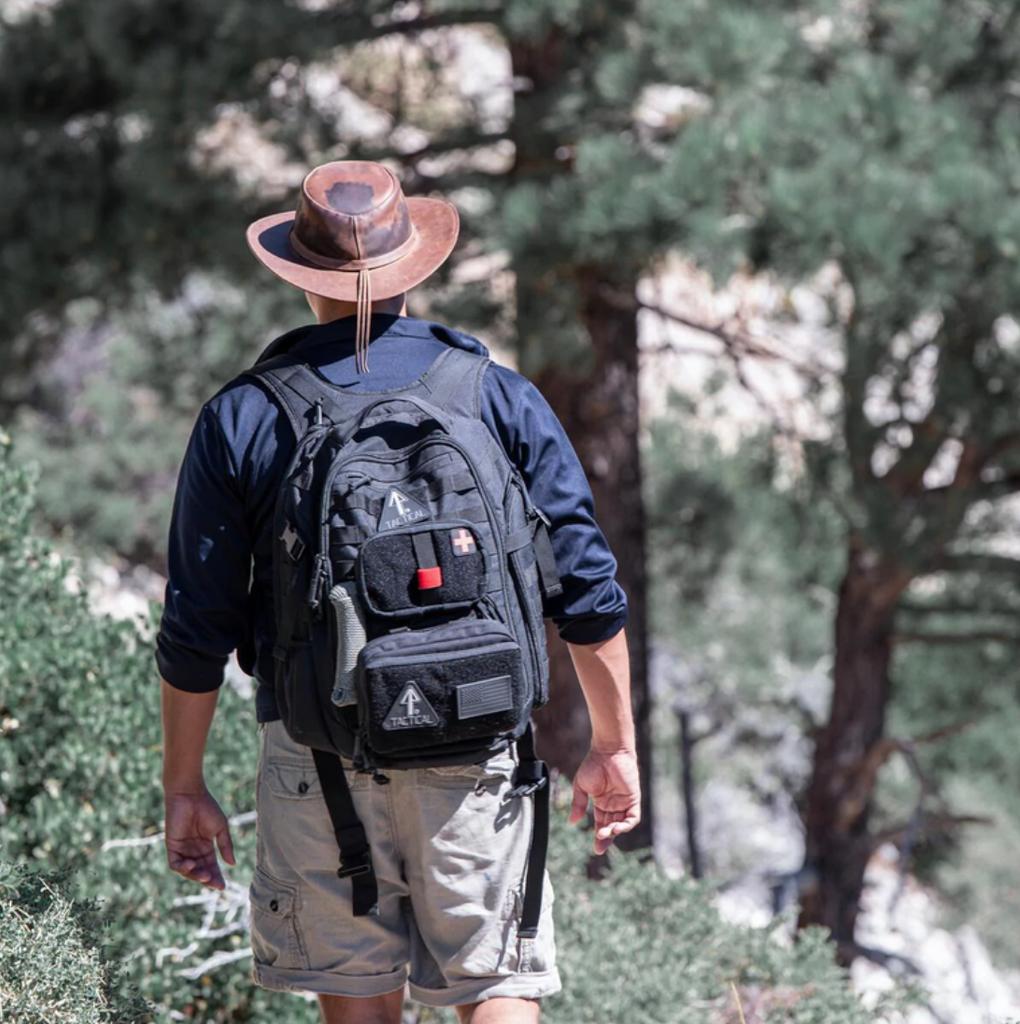
Spring is at hand, and you know what that means! Yes, that means it’s time to head outdoors again! Sure, there’s such a thing as cold weather hiking. But spring hiking is more popular and certainly more achievable for the majority of backpacking enthusiasts.
Essential Tactical Gear: Great Options for Spring Camping
The search for spring camping gear is not a straightforward matter. Spring is a fickle season at best, when weather conditions can defy predictions. You’ve got to be prepared to run into rain, frost, high winds or even hail. Of course, clement weather is also possible! But it’s not something you can depend on to happen.
While you might not need cold weather camping equipment, you’ll still benefit from acquiring gear that will stand up to the elements. You can go to your nearest outdoor gear store and check out their backpacks and tents. You’re sure to find something that works for you. Be prepared to pay the high prices of big brand outdoor adventuring bags, though!
A tactical backpack can be an excellent alternative. This is a bag that is manufactured along the same guidelines as military-grade equipment used by US soldiers. It’s gonna be made for durability, mobility and versatility. It works perfectly well as outdoor equipment, while also including tactical functionality that you’re sure to appreciate—features like the 14er Tactical Backpack’s handy CCW pocket!
But its main calling card is durability. This is a bag with a puncture resistant and moisture resistant hide constructed from 600D polyester. That’s superbly thick, rivaling the density of top outdoor gear. The backpack straps are made from sturdy ballistic nylon, and the fasteners are high-quality YKK zippers. The 14er Tactical Backpack is designed to offer longevity and satisfaction.
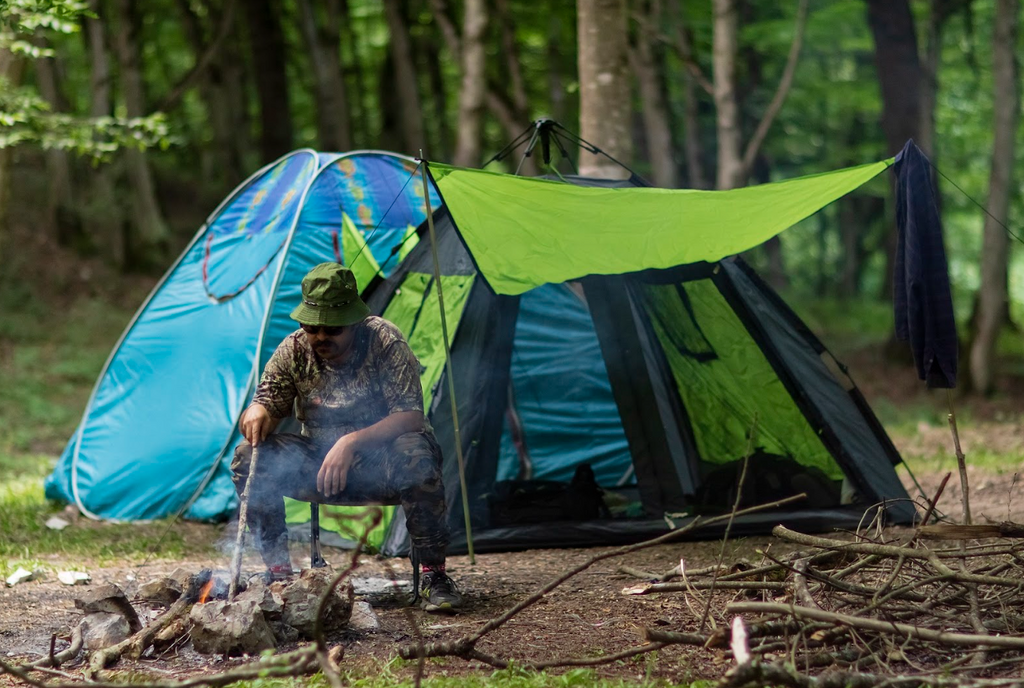
Versatile Camping Equipment for Spring Hiking
After getting a backpack, you’ll still need other essential tactical gear for your spring camping trip. Shelter is vital for a trek that will take more than a day. That means getting a good tent and sleeping bag.
You’re faced with a choice between a 4-season tent and a 3-season tent. We generally recommend getting a 4-season tent, as you will be able to use it year-round. If you ever decide that you need to camp out in extreme cold weather, then you’ll have the tent for it!
That said, a 3-season tent is an excellent option for most hikers. It is also a tent that can be used year-round. The main difference is that a 4-season tent is more capable of withstanding extreme weather conditions, including heavy snowfall and high-intensity winds. If you have no plans of camping in intense weather, then you might find a 3-season tent perfectly suitable to your needs.
Sleeping bags also come in different varieties that offer different levels of protection from the cold. Look for the ISO temperature rating of the sleeping bag. That indicates the lowest average temperature at which you can expect a comfortable sleep experience when using the bag. Note that many sleeping bags also indicate a comfort rating in addition to the temperature rating. That’s because women, on average, tend to experience cold more intensely compared to men. So the ISO temperature rating may be a less useful indicator for a female hiker. The comfort rating offers a better gauge in their case. Be sure to look out for the rating that matters to you.
A sleeping pad for your tent can ensure that you get proper sleep so you’ll be energized for the next day’s hike. It’s not solely about comfort, although that is a top selling point for sure. A sleeping pad helps to insulate the tent, so that you won’t lose your body heat to the ground. You’ll be glad to have it on one of those nippy mornings that spring can bring!
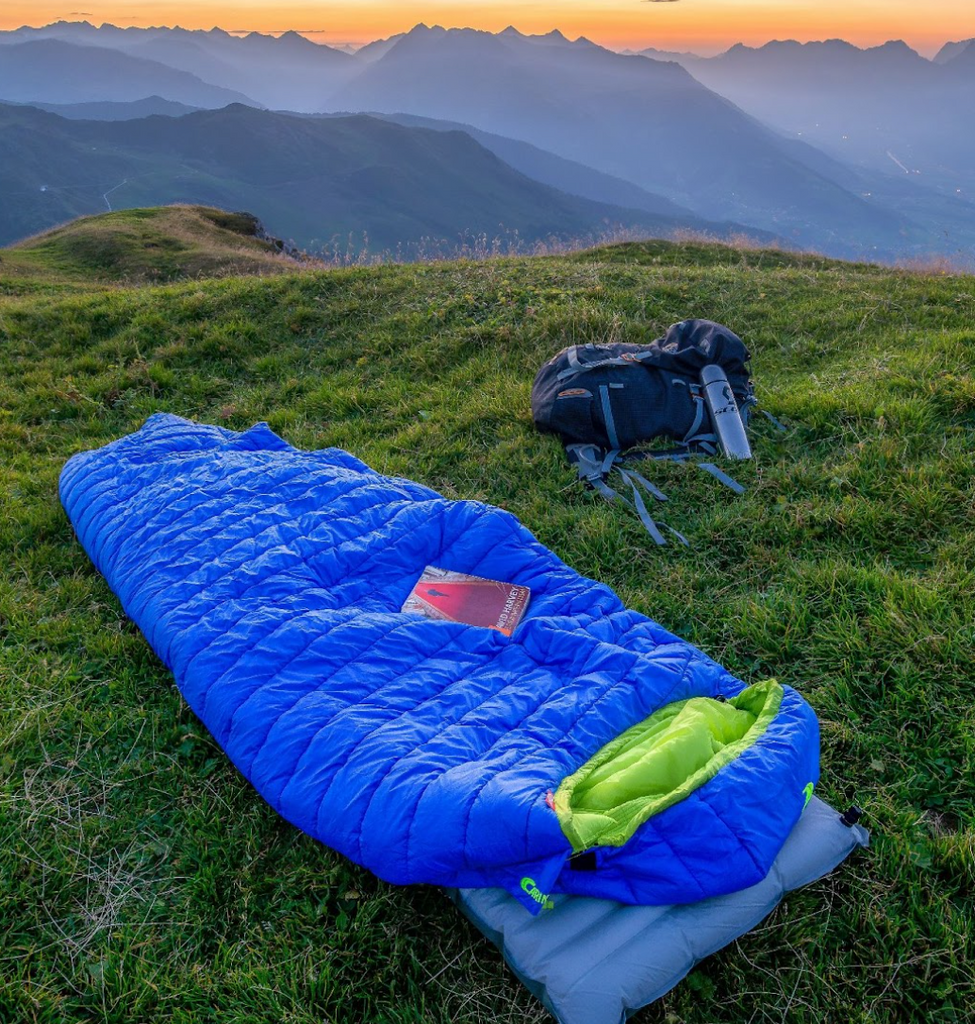
Packing Tips for Spring Camping Gear
When you make your packing list for your spring hiking trip, plan your clothing choices well. On a spring hike, you might experience variations in temperature, humidity and weather. It’s a good idea to have several options for covering up during your day hike.
The most efficient solution is layering. Have a relatively light, breathable hiking shirt. Ideally, this should be moisture wicking and not made of cotton. On top of that, you might choose to put on another shirt, or a light windbreaker. And then you can have a fleece jacket to layer over the rest if you wish. Just have it close at hand in case you need it.
Don’t forget to pack essential tactical gear! These should include a knife or multitool, a map and compass, other navigational equipment, and of course, an individual first aid kit (IFAK). If you have a 14er Tactical Backpack, you can also get a 14er Tactical IFAK Pouch. Zip up your first aid essentials in it and you’ll have the pouch at the ready, strapped to the hide of the backpack. It’s an ideal setup for carrying an emergency care kit.
Of course, you should pack adequate food and water, including snacks to keep you energized throughout the day. Other important items to bring include sun protection, a utility light, and fire starting and survival tools. Here’s a more in-depth guide to packing for an outdoor activity.

Organizing Your Camping Equipment in Your Backpack
Now that you’ve got your packing list, the final step of preparation is packing everything. Your equipment organization should be in line with your goals: strategic placement, weight distribution and accessibility of key items.
When we consider the placement of items, we want to think in terms of categories. You don’t want food scattered all over the bag! First of all, you should set food items aside and pack them securely using dry bags or even packing cubes. Food items for dinner and breakfast can go into the backpack, possibly near the bottom. Snack items should be more accessible. We recommend keeping them in a pouch strapped to the hide of your 14er Tactical Backpack—its MOLLE system lets you add external compartments according to your needs.
Weight distribution can help the backpack feel more comfortable to carry during the hike. This means placing the heavy items at the bottom or close to your back. A top-heavy backpack would have a tendency to tip you over, after all!
If there are any items that you may need to access often, place them where they can be easily retrieved. Again, the tactical backpack design of allowing external pouches is ideal for this approach. Pouches allow you to easily access what you need, while providing a good measure of security and protection.
Now you should be all set for your spring camping trip! If you have more concerns, check out our outdoor adventure guides on the 14er Tactical Resources Blog.


